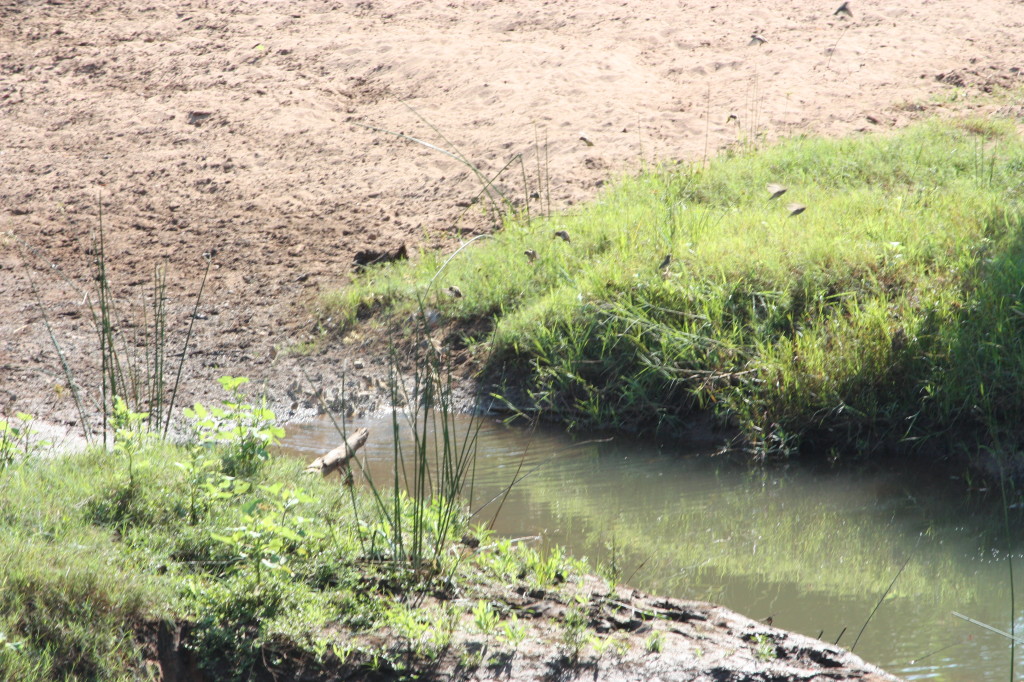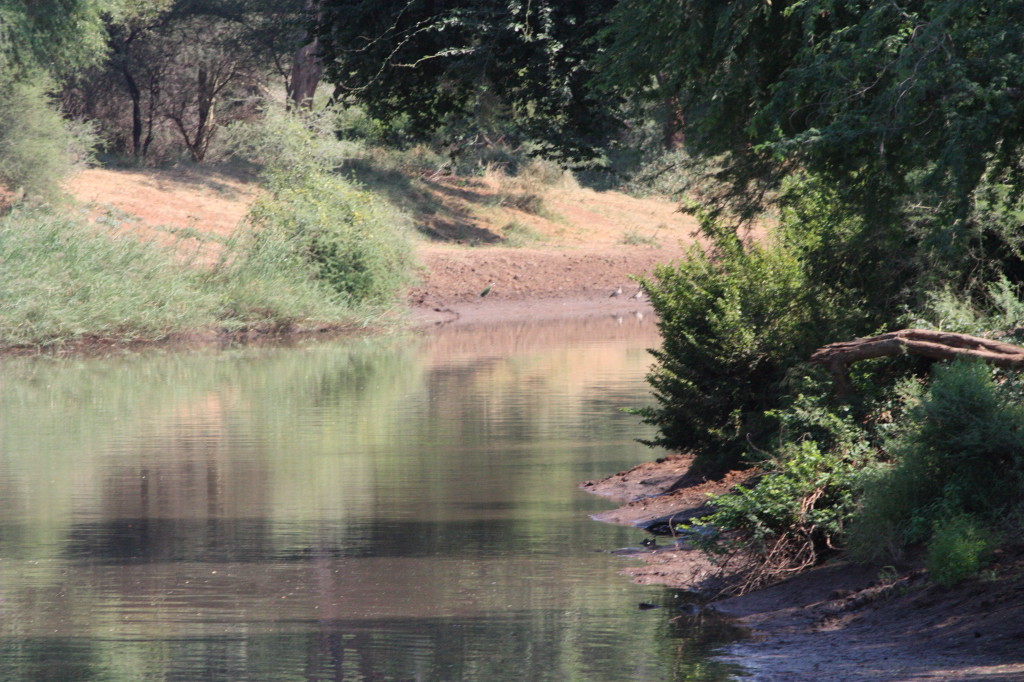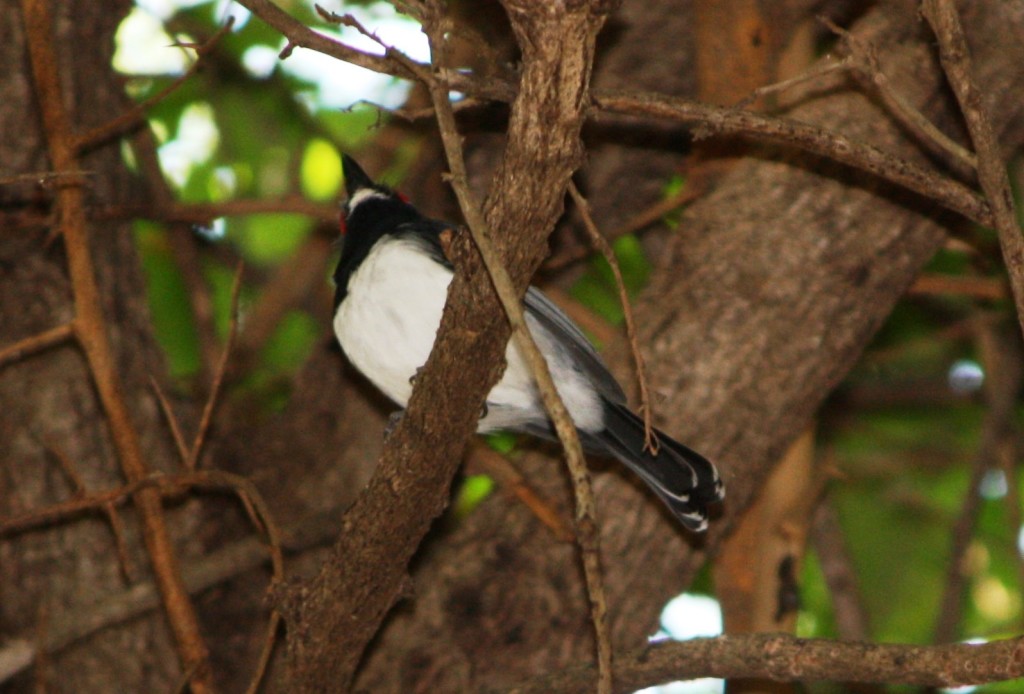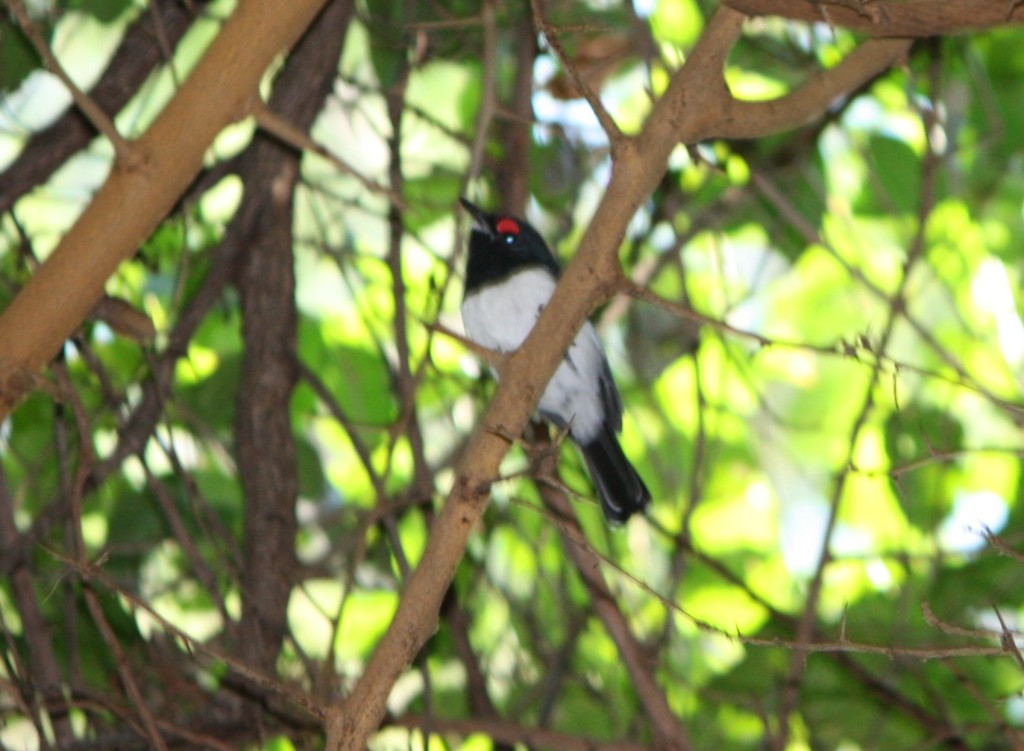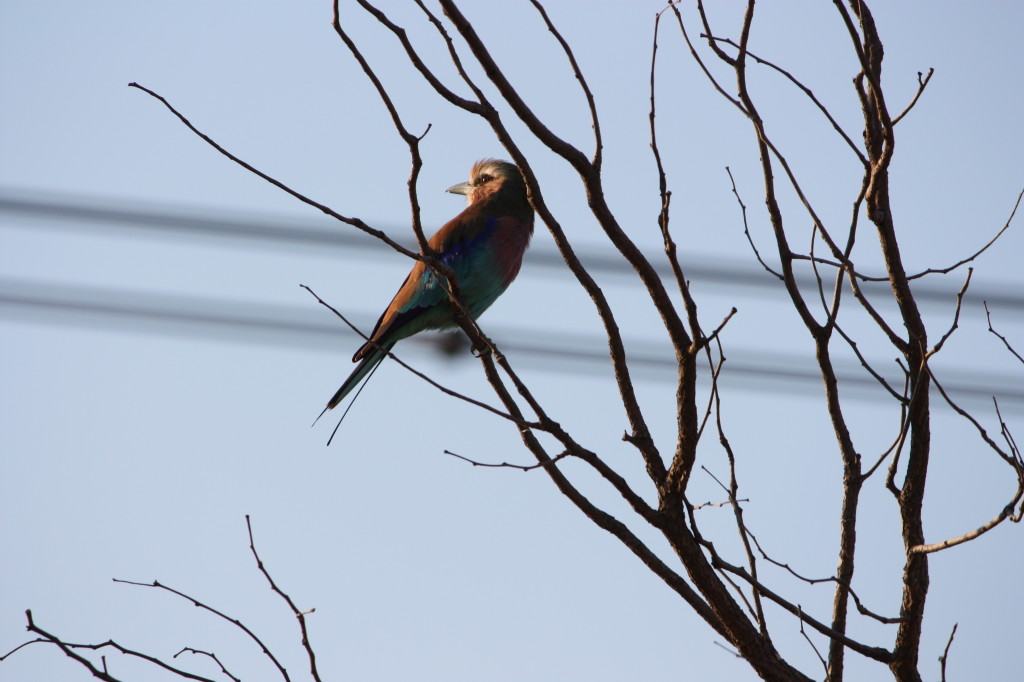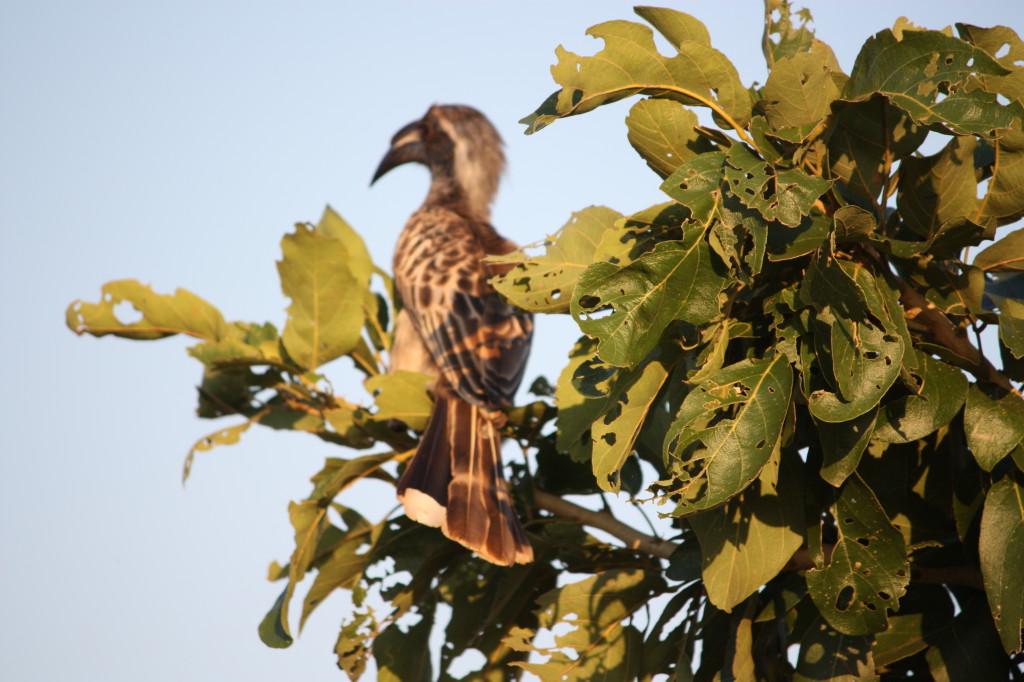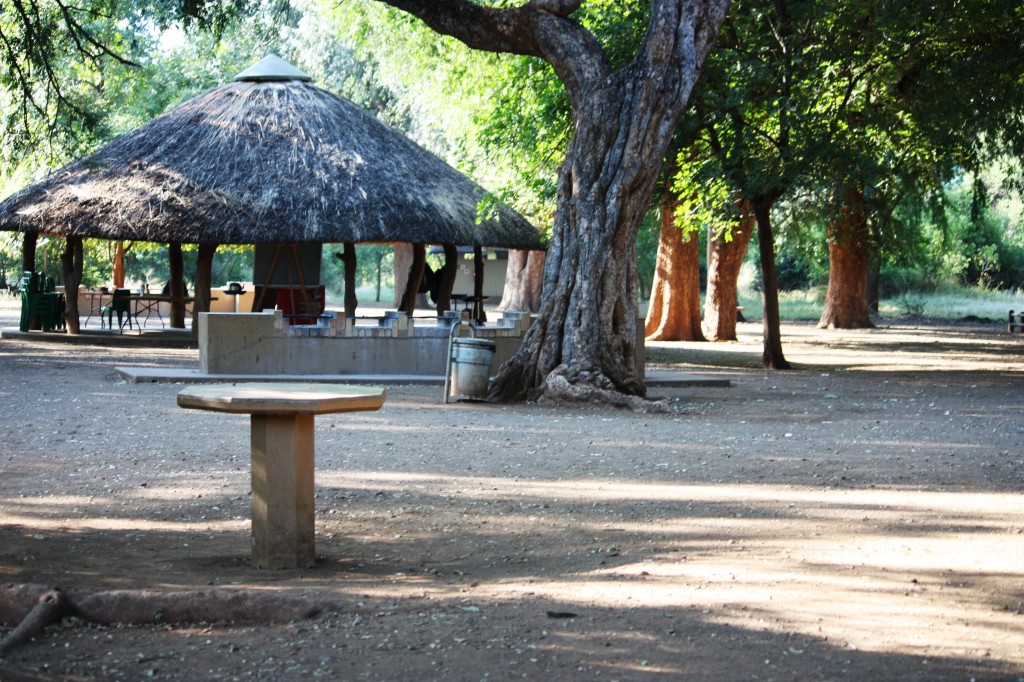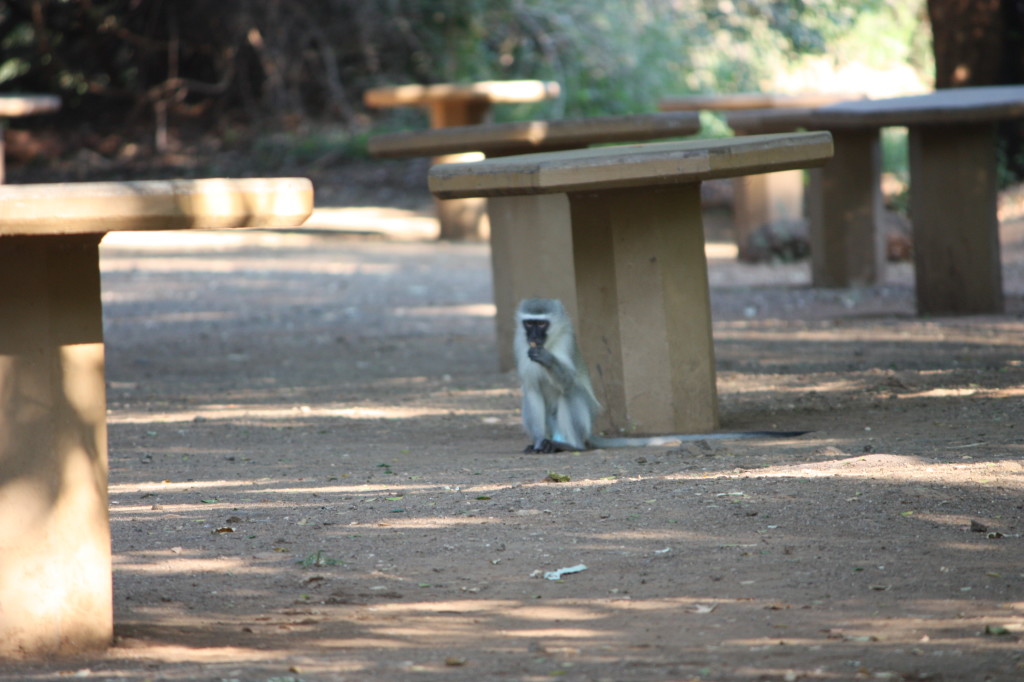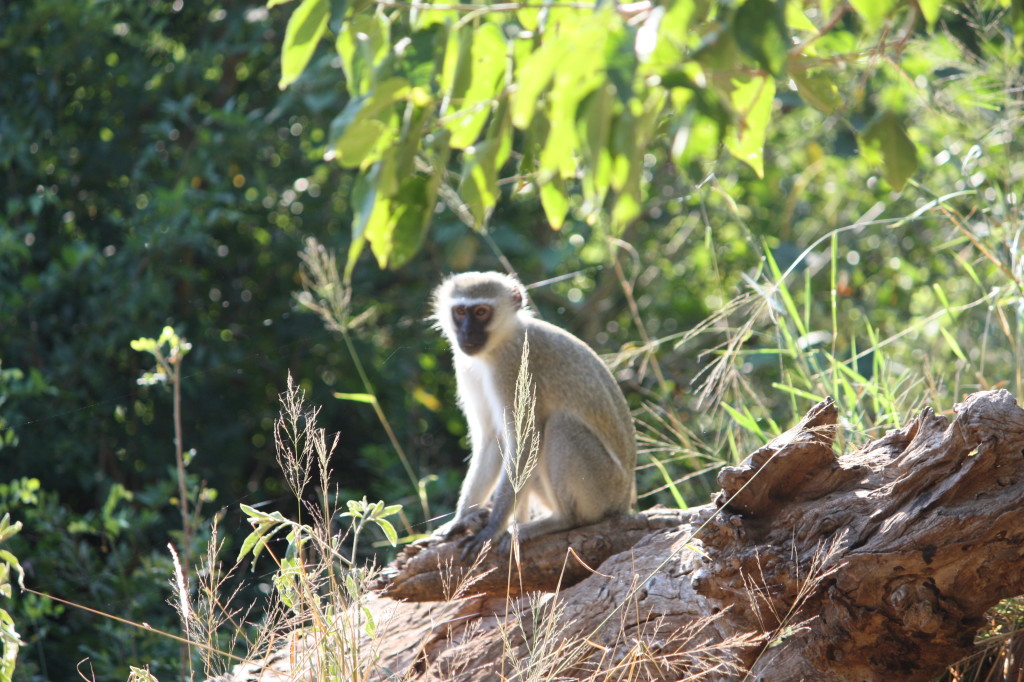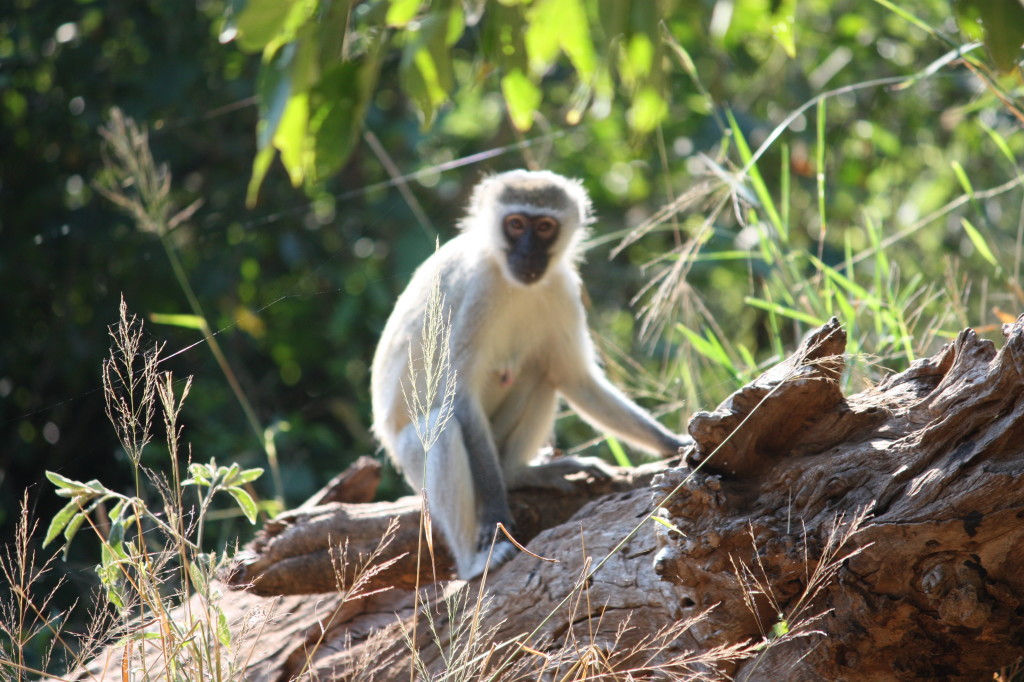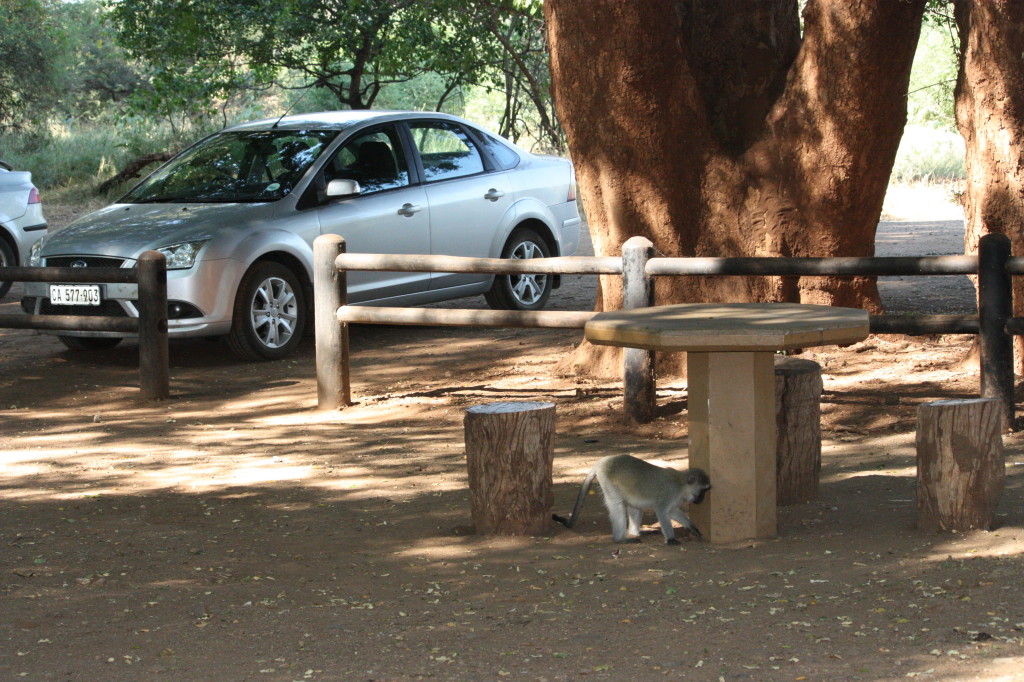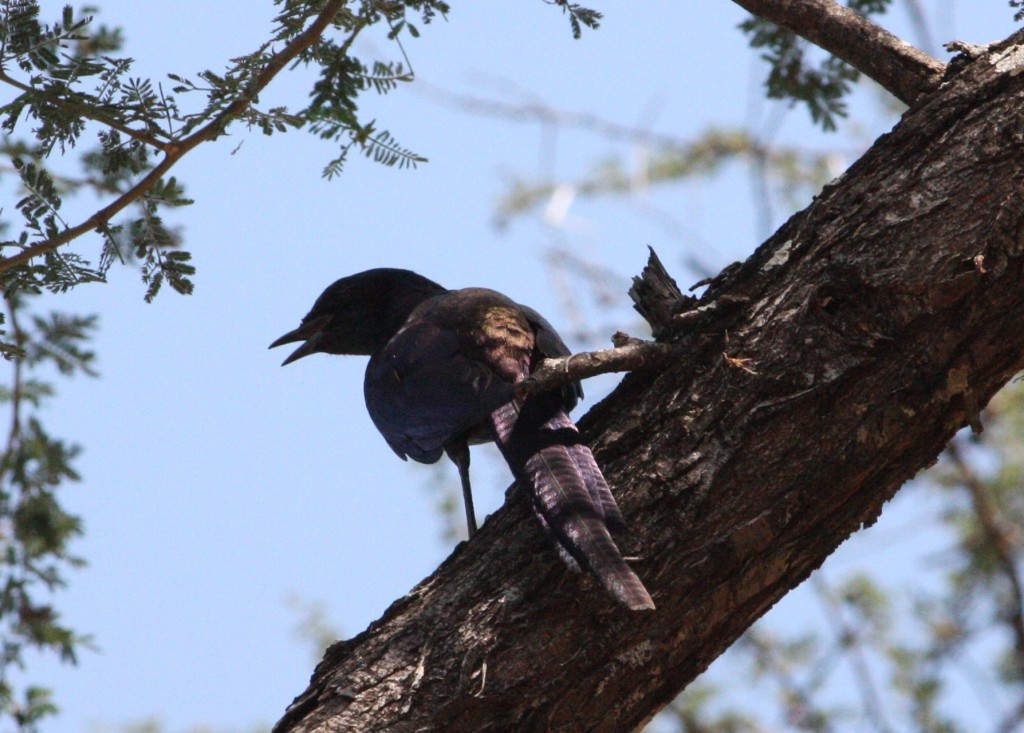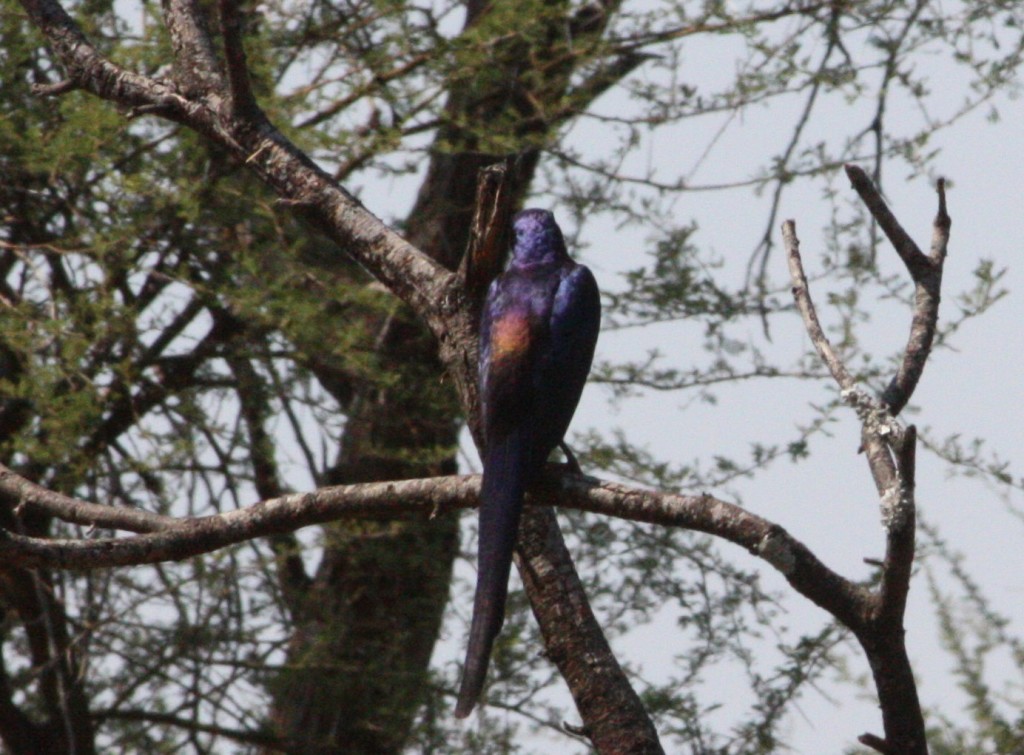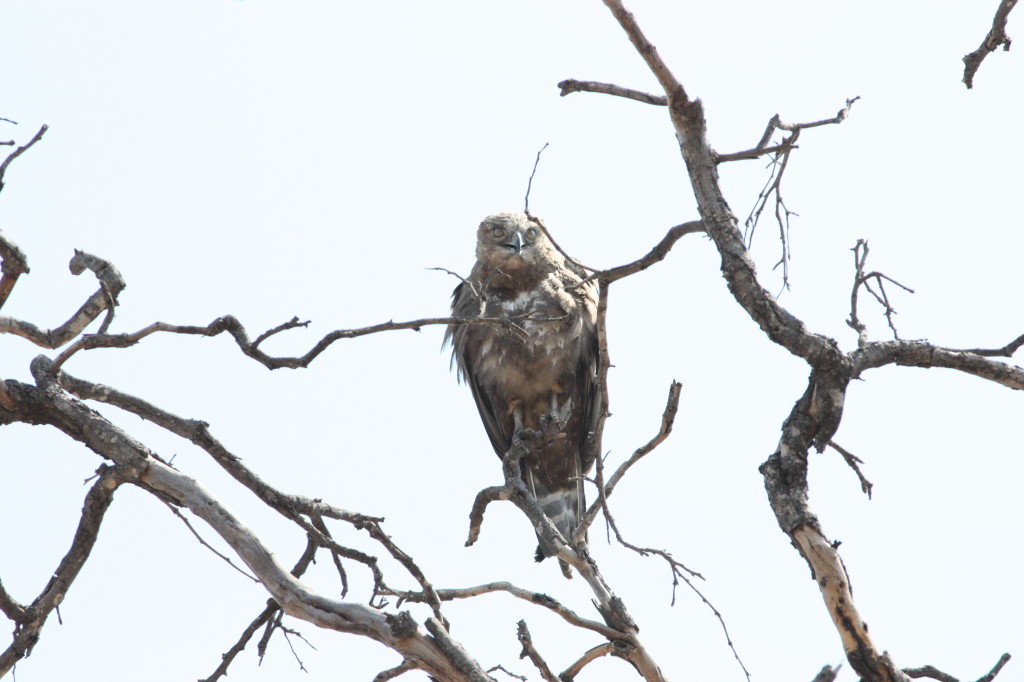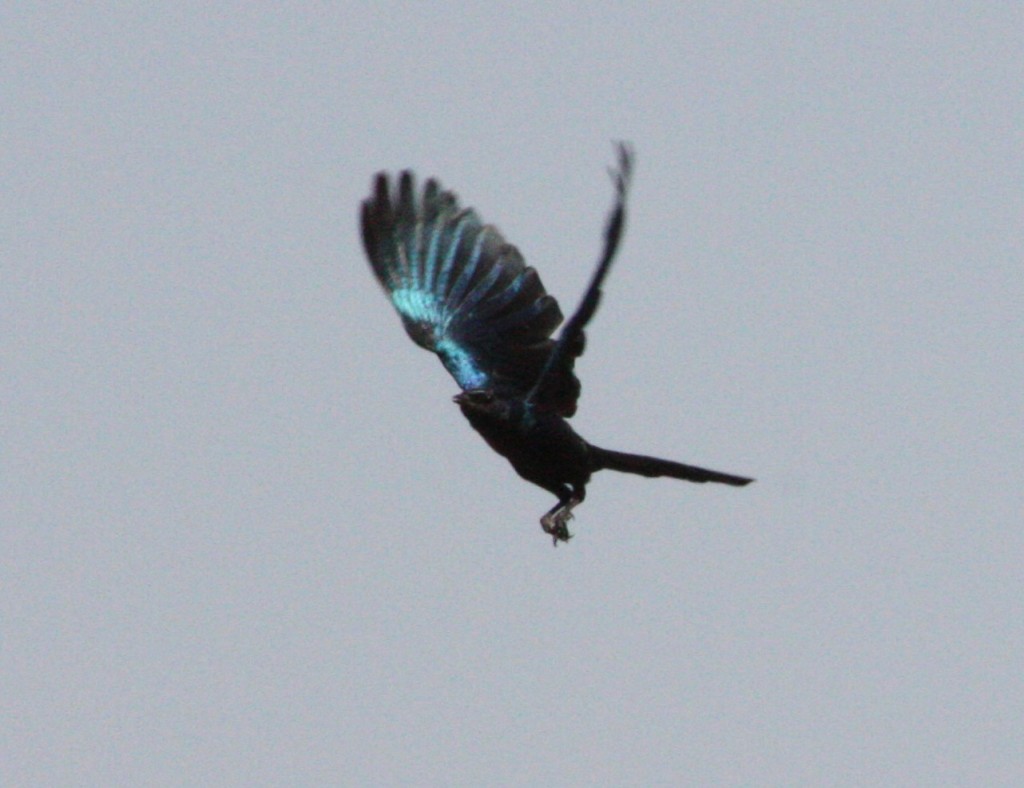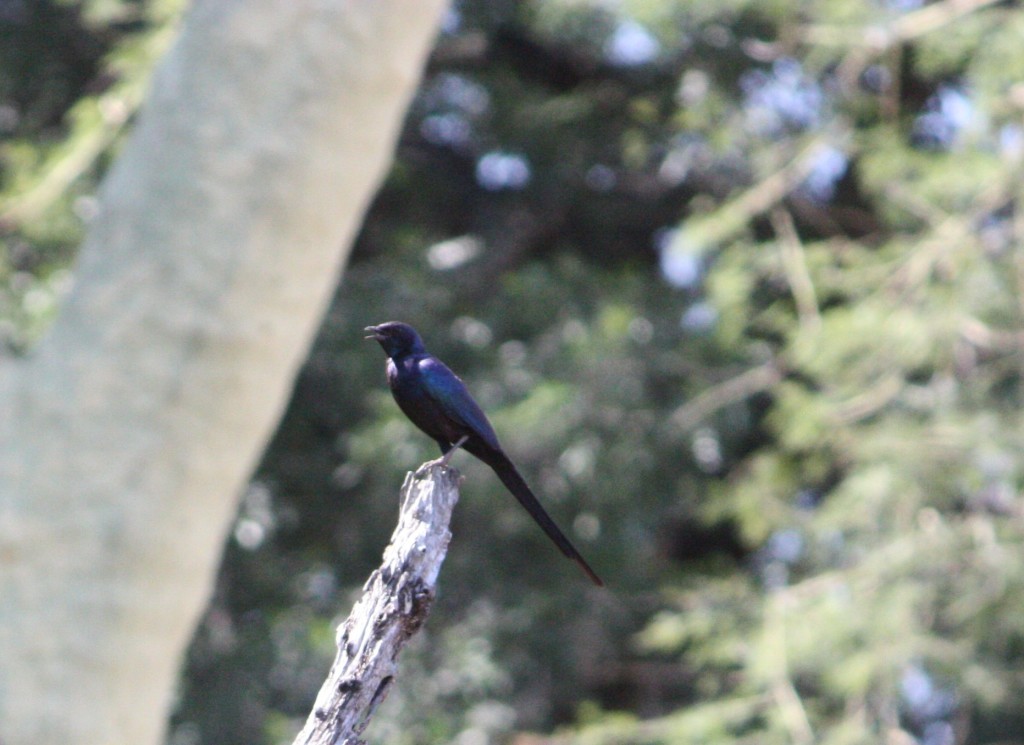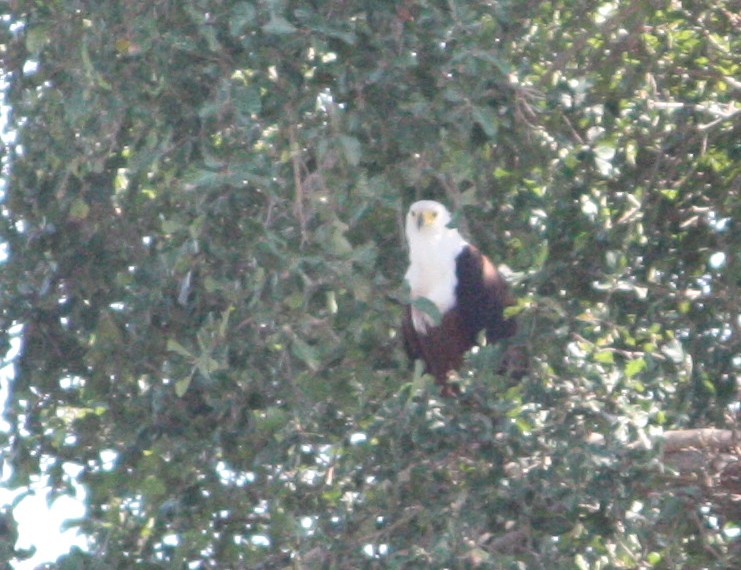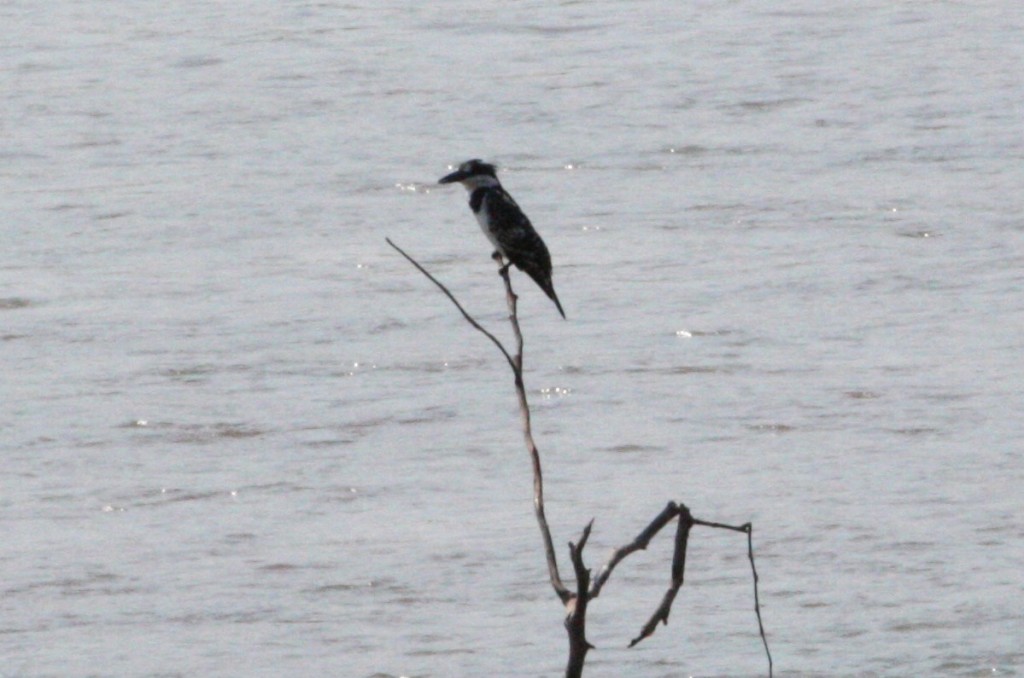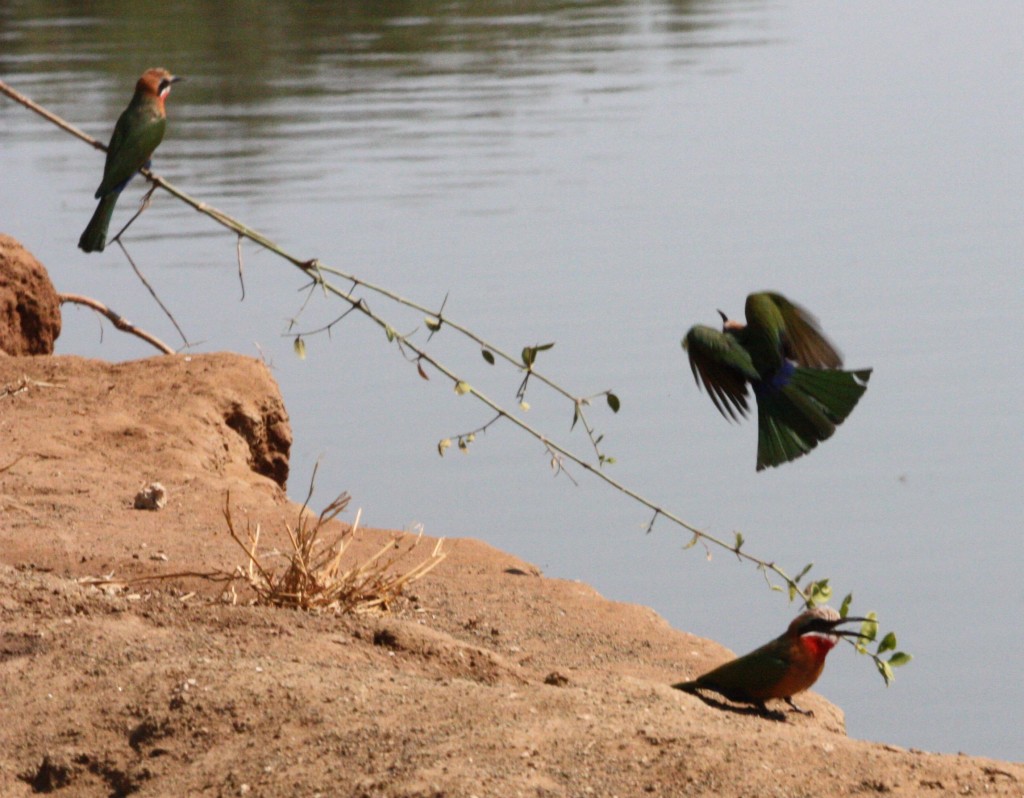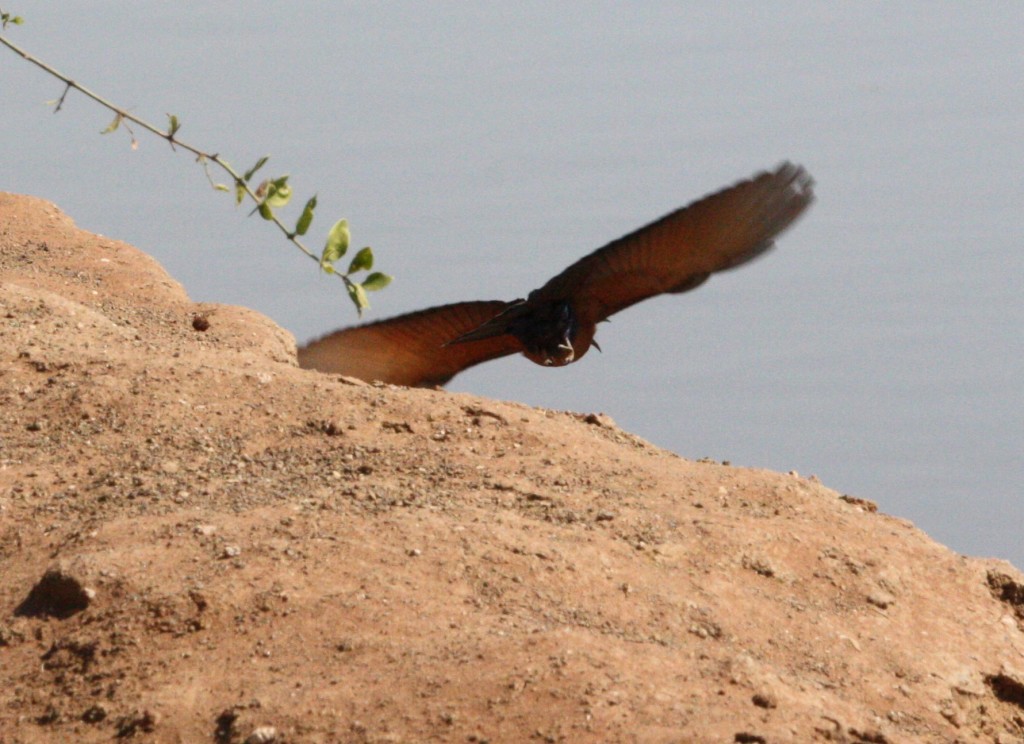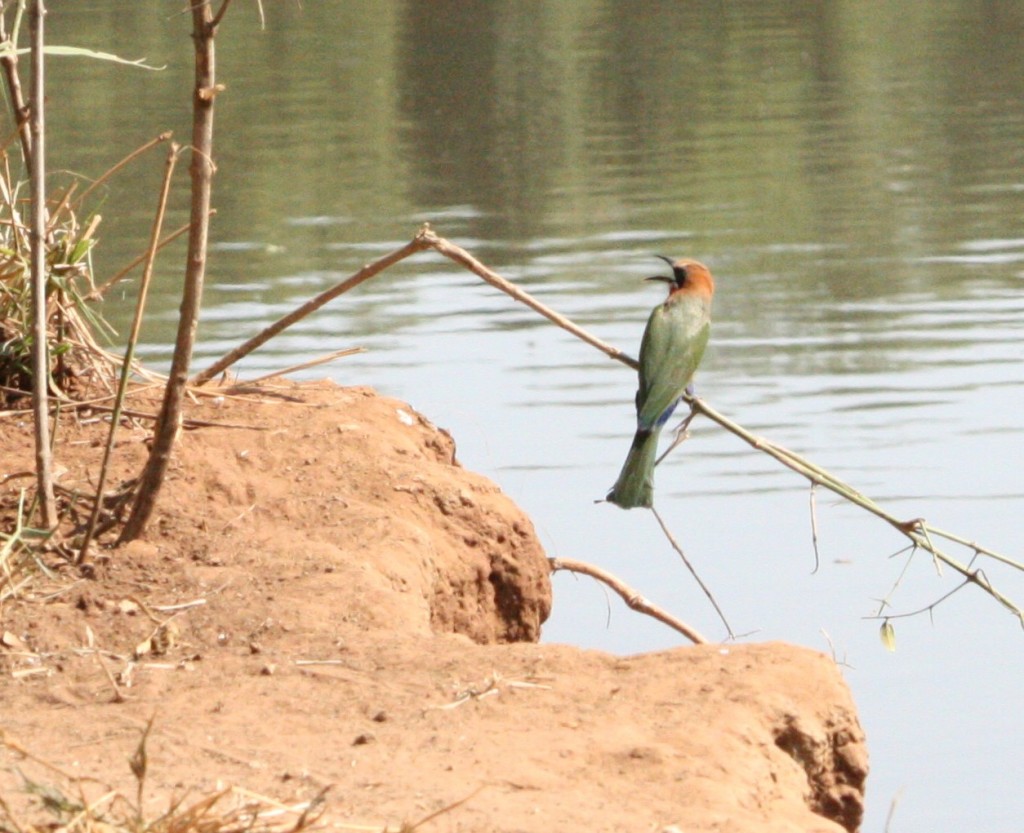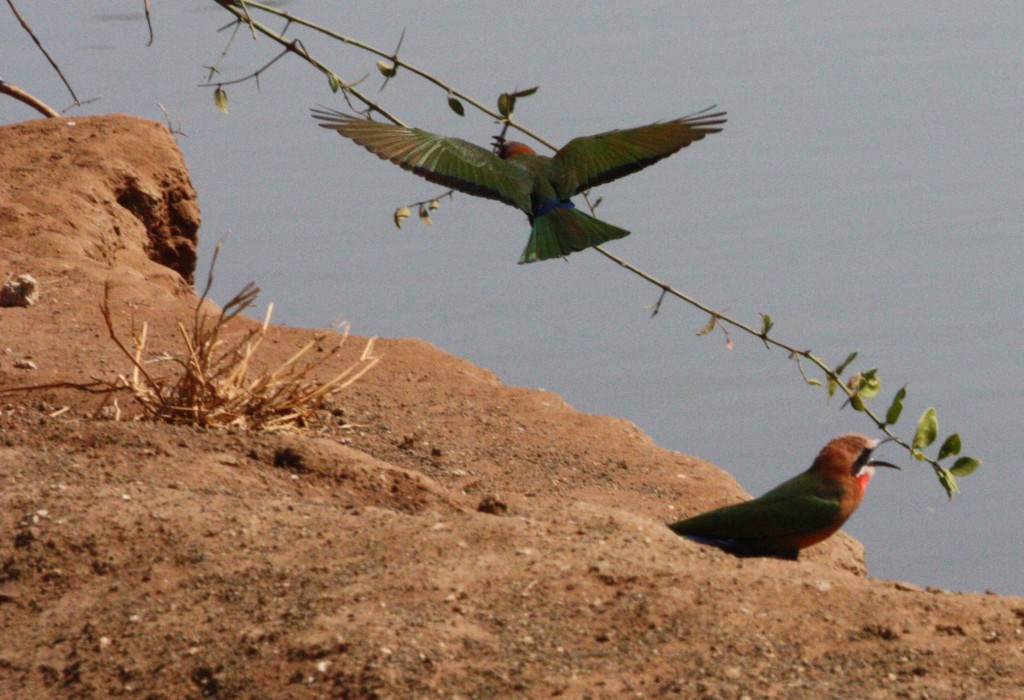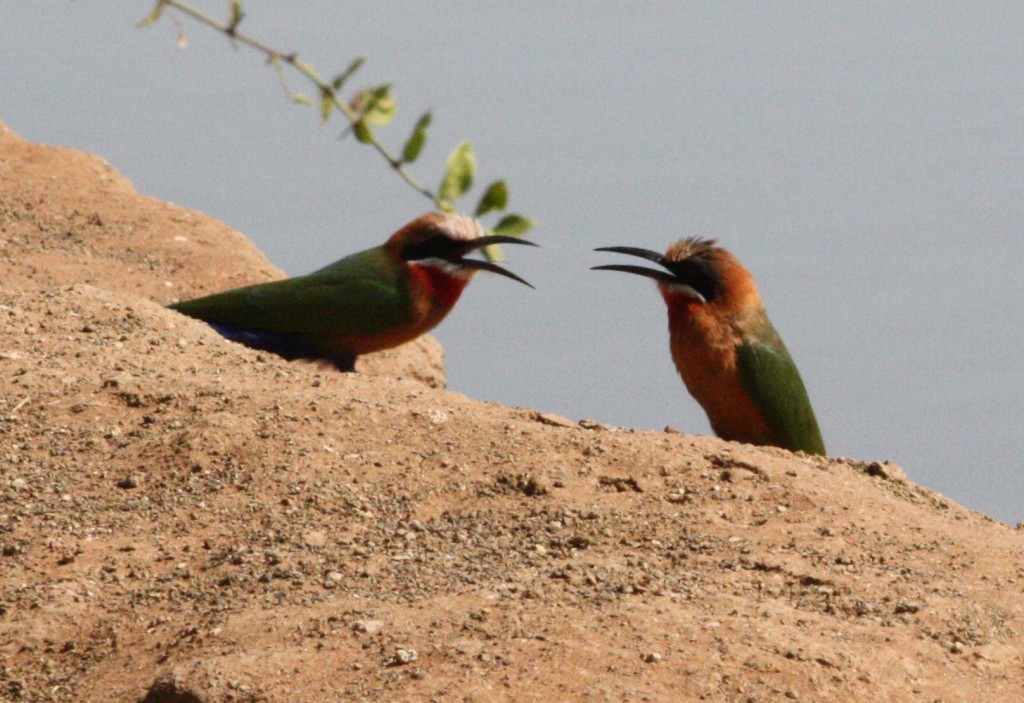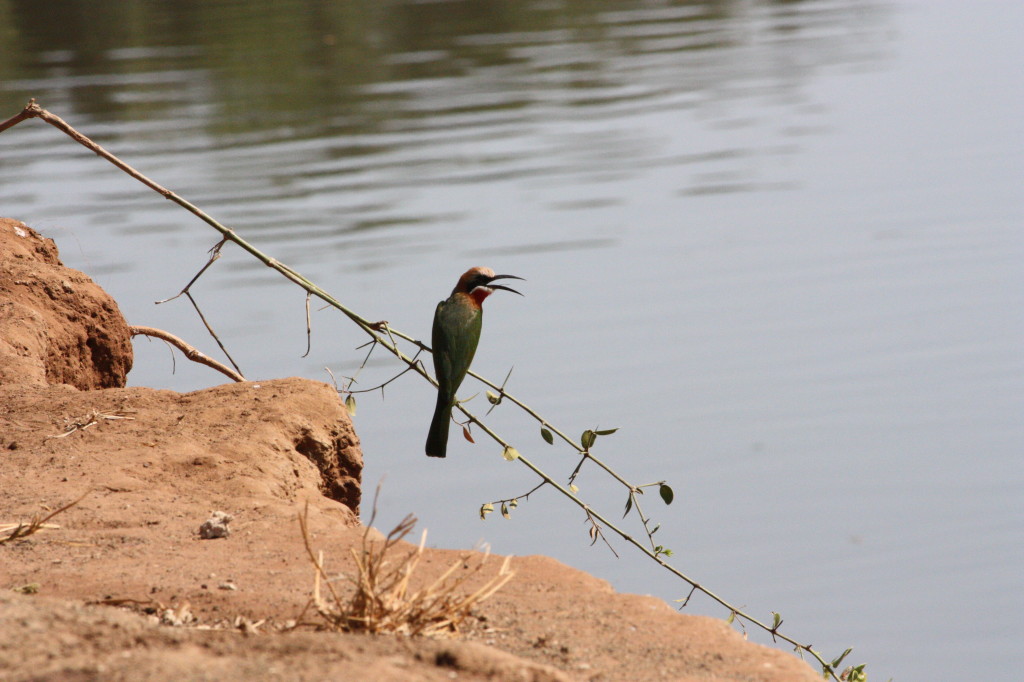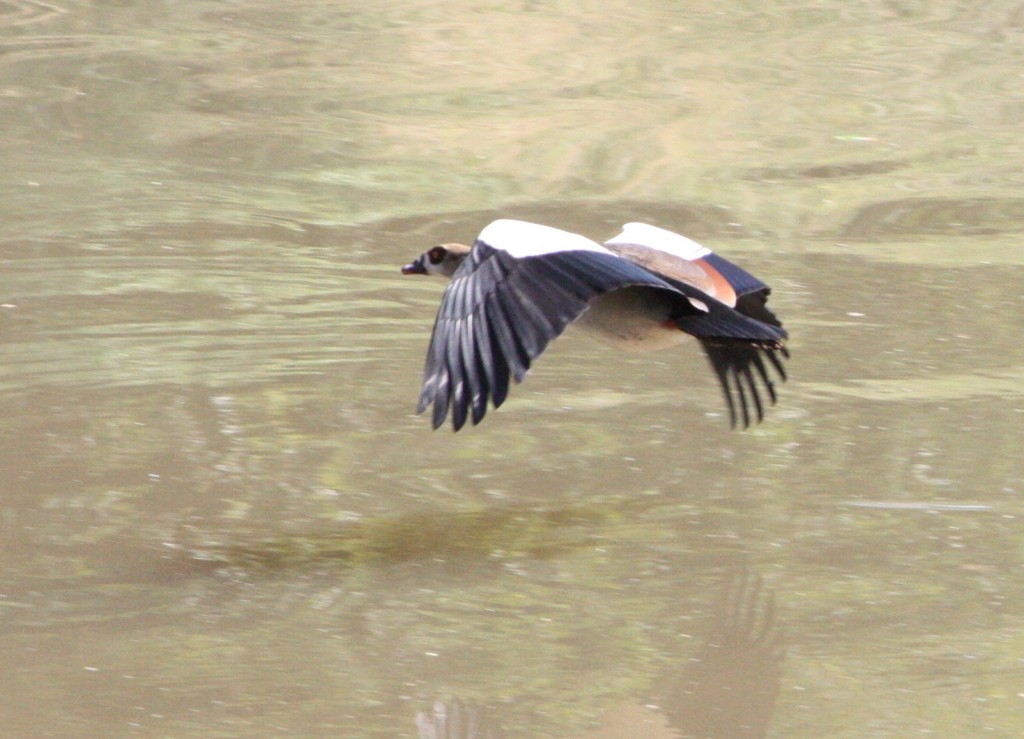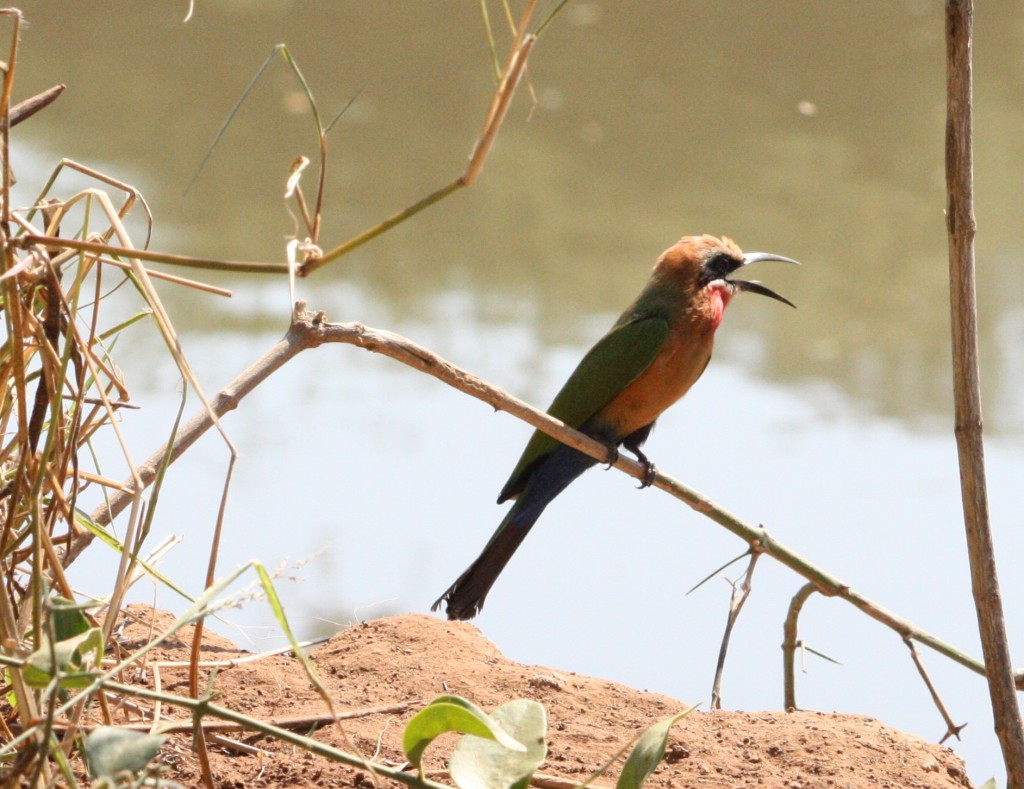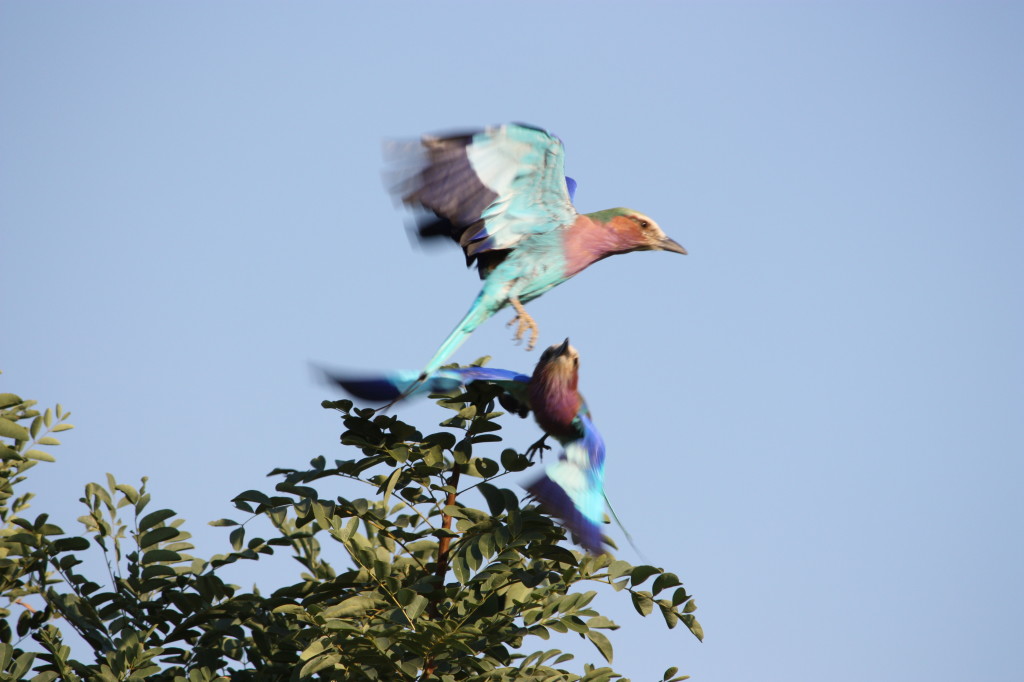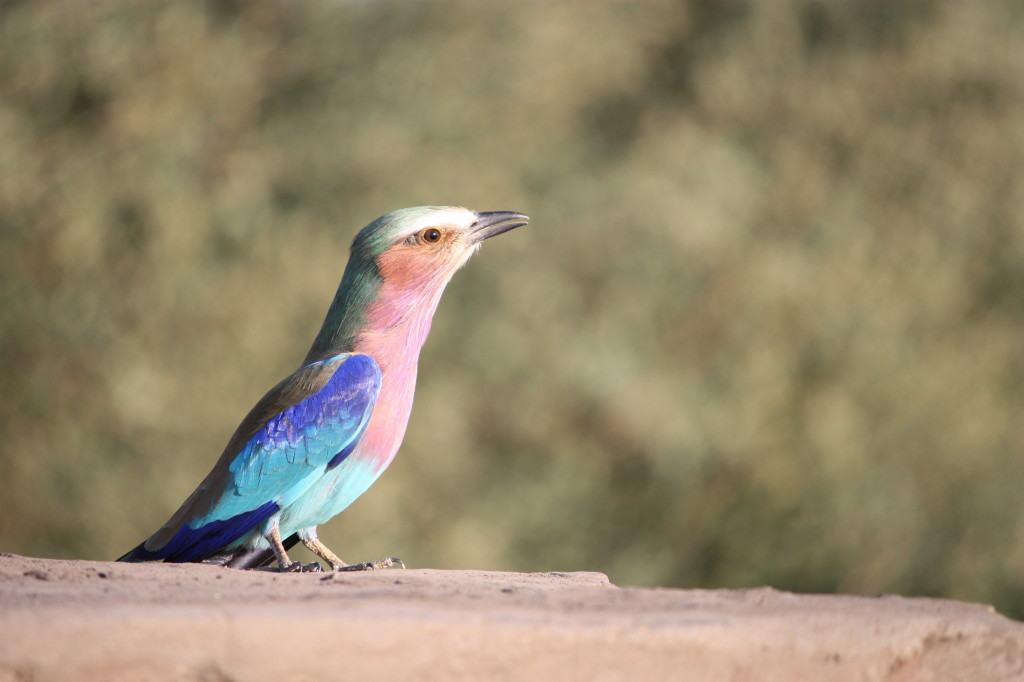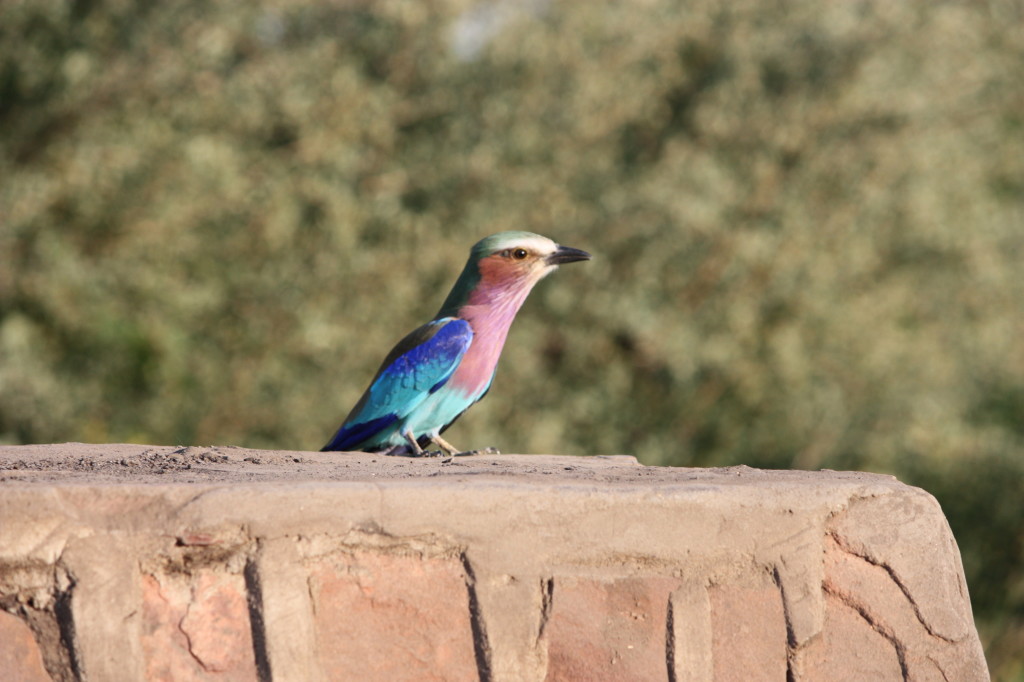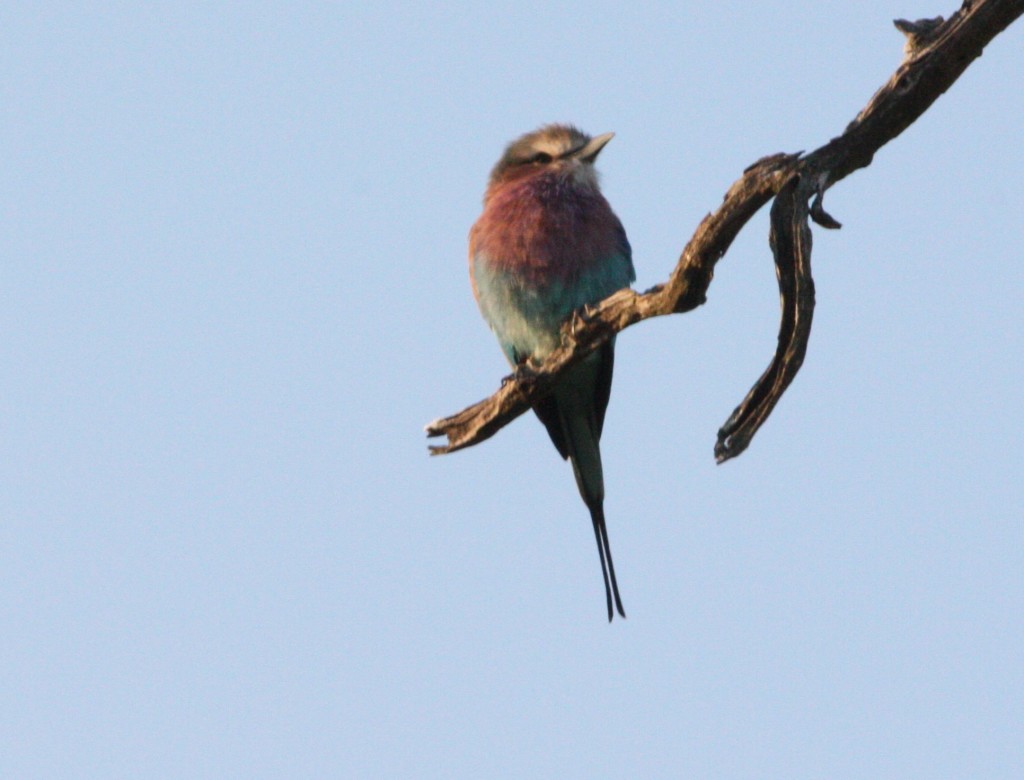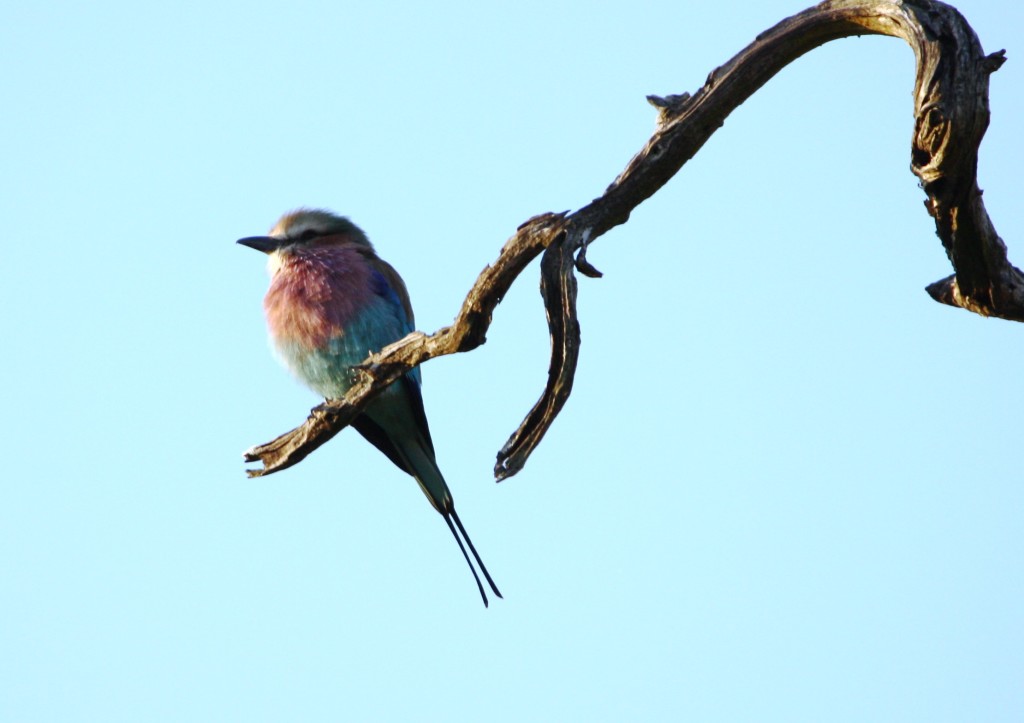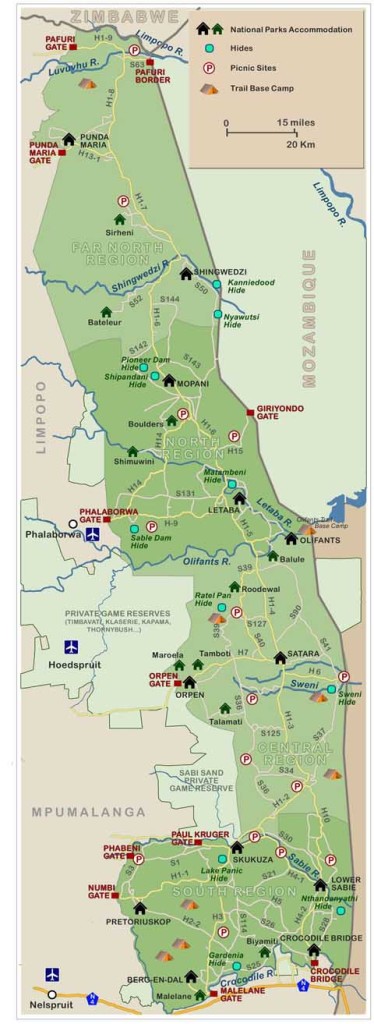Punda Maria is the northernmost of SANParks rest camps and is in a great position for bird watchers. It is supposed to be a 6 hour drive from JNB airport but add on an hour or so to allow for traffic and getting lost. It’s best to start in the morning so if your flight arrives late, plan on staying near the airport and pick up your rental car in the morning so you can inspect it properly.

JNB to Punda Maria Rest Camp
Over the last 20 years, I have stayed at several of the Kruger NP rest camps and Punda Maria is by far my favourite. Even if it wasn’t in prime birding territory, it has such a beautiful, restful setting and feels more remote and wild than some of the larger camps such as Pretoriuskop. Going by Trip Advisor, I am not the only one who likes this place! Siyabona Africa also has a great review.
Punda Maria Camp lies in an area of fascinating history and unsurpassed bird watching. It also recognized as the best region inside the Park for Kruger National Park safari accommodation in which to spot the often shy Nyala Antelope.
Punda Maria boasts 7 luxury safari tents and a swimming pool. Punda Maria Gate has received a new building, reception area and ablution blocks; providing trouble free Kruger National Park lodging.
It’s easy to book in advance on the SANParks website and you definitely want to do this, especially if your visit coincides with South African school holidays, though this camp won’t be nearly as crowded as the ones further south.
This is a map of the camp. I highlighted in yellow the safari tent we had in 2009. we absolutely loved it! The deck is a great place to relax and watch birds fly by while you are cooking dinner and also watch the sunrise!
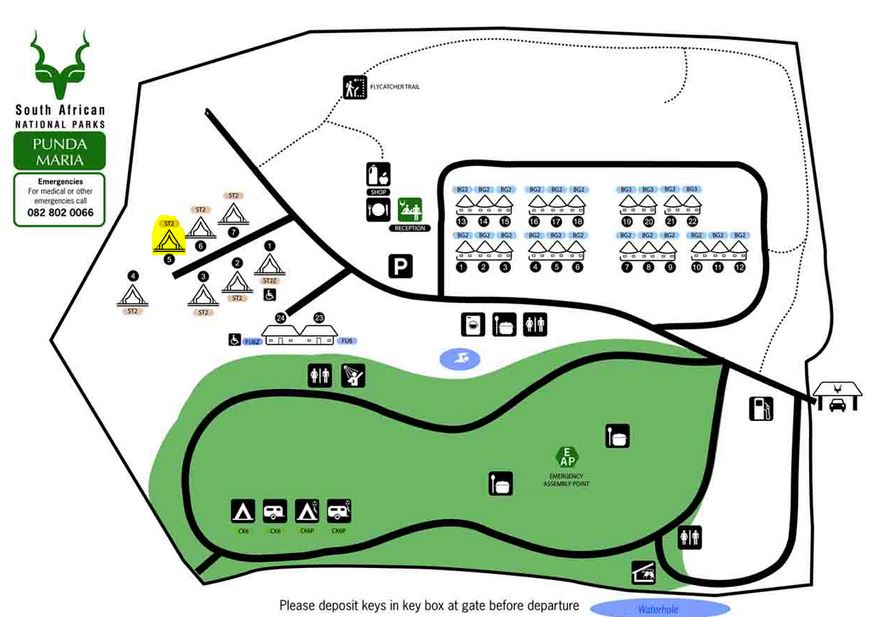
Notice the bird hide just in front of the pond at the bottom of the map? If you are lucky, you may see Brown-headed Parrots there.
HOW TO BOOK
Bookings are easily done on SANParks website. Prices are very reasonable. Here is a sample of prices for Punda Maria and availability for a non-school holiday period. As a rough guide 10 Rand is around 1 USD.

Punda Maria rates as of July 2013
Here is a sample of availability 2 months from now. As you can see, there are only a few bookings left for safari tents which is why you need to book early.

Availability Sept 2013
This is our safari tent. They do cost a bit more but worth every penny!
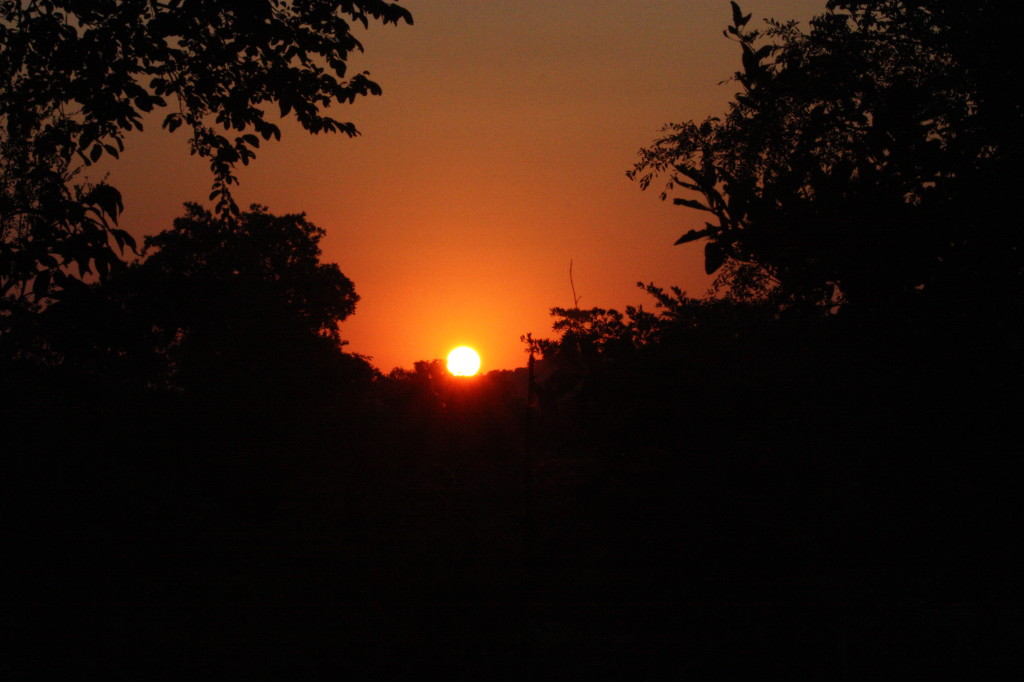
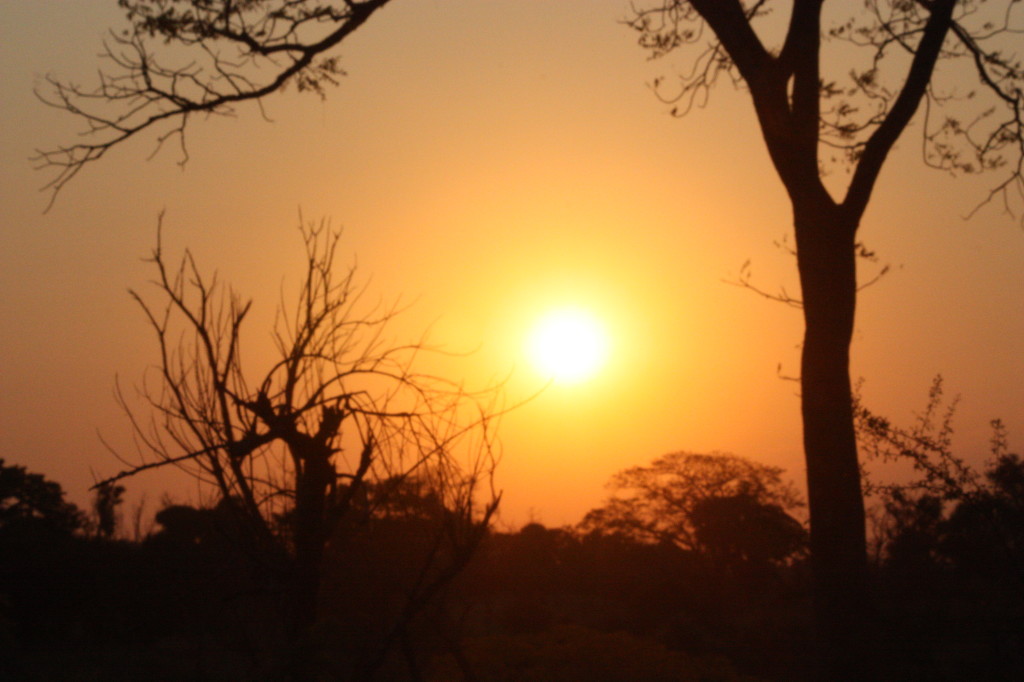
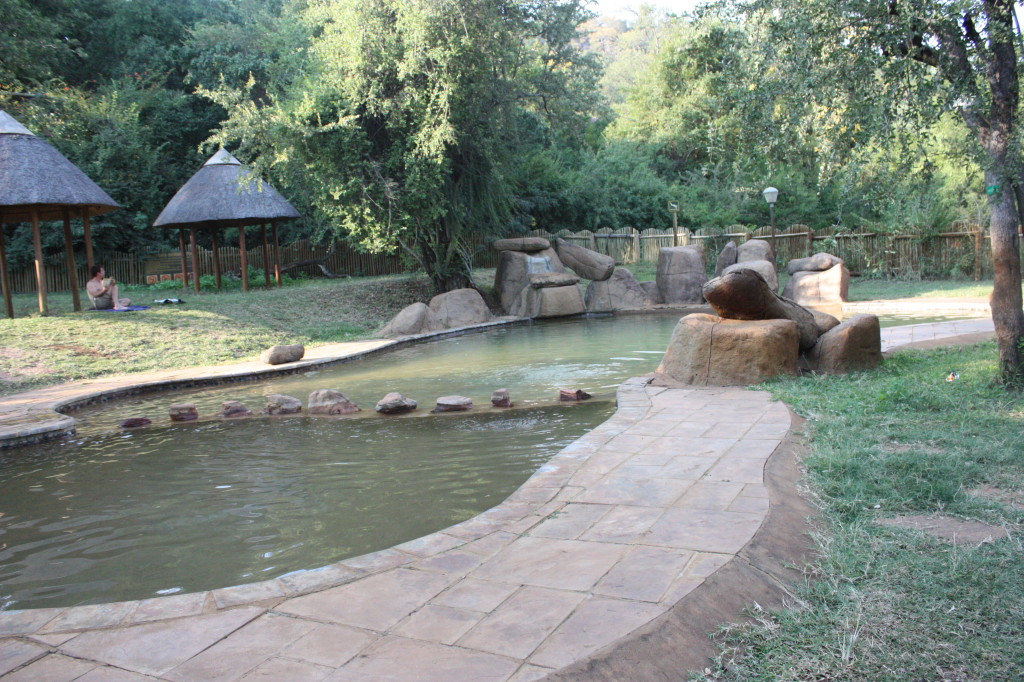
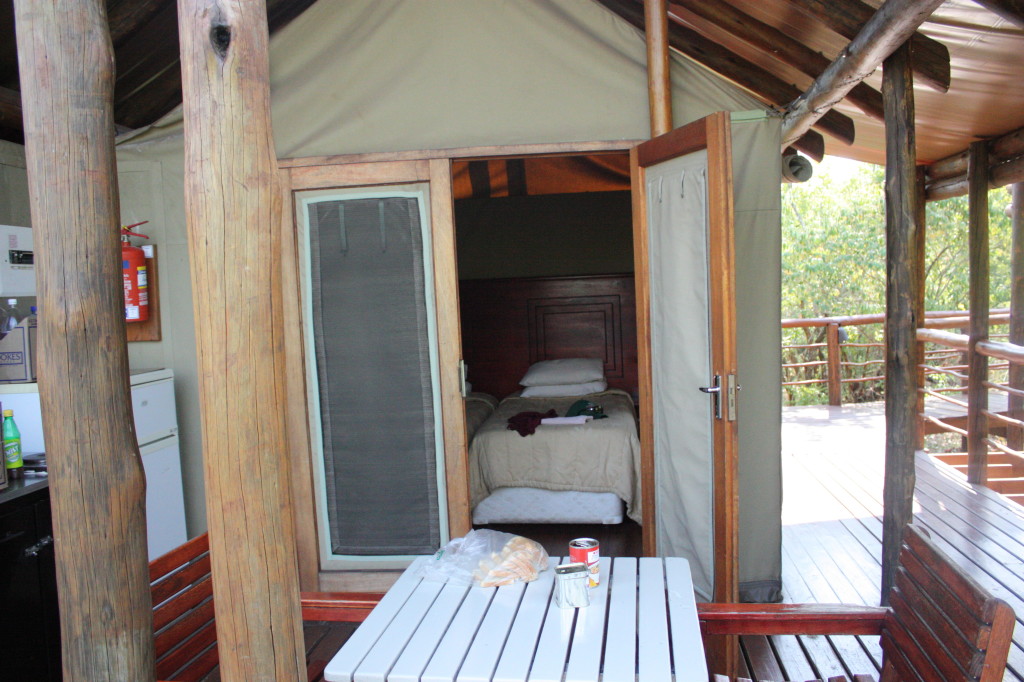
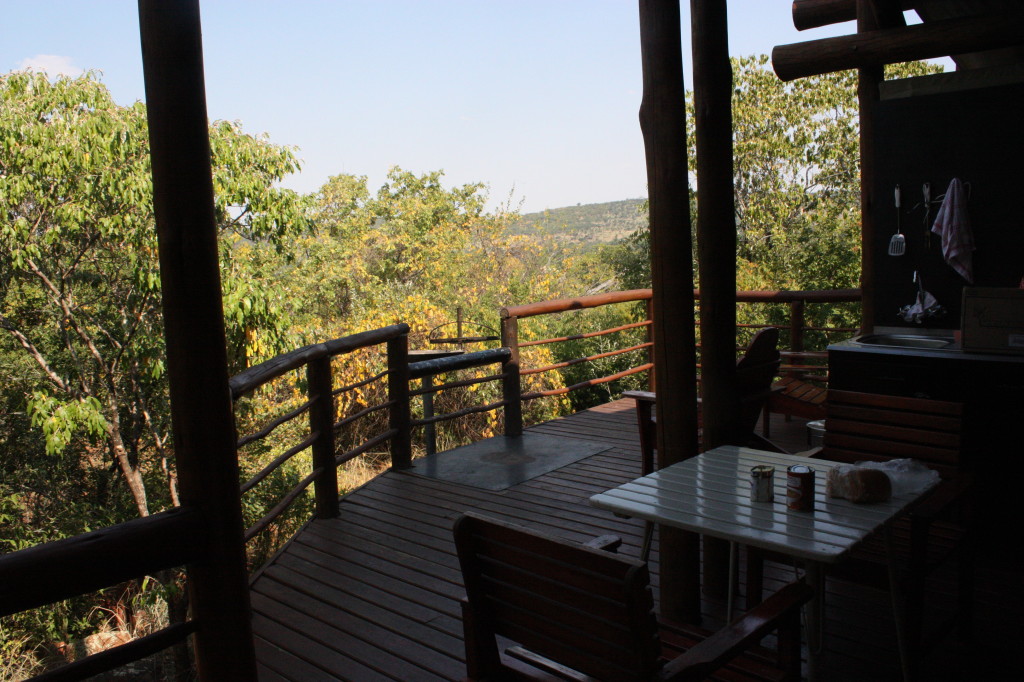
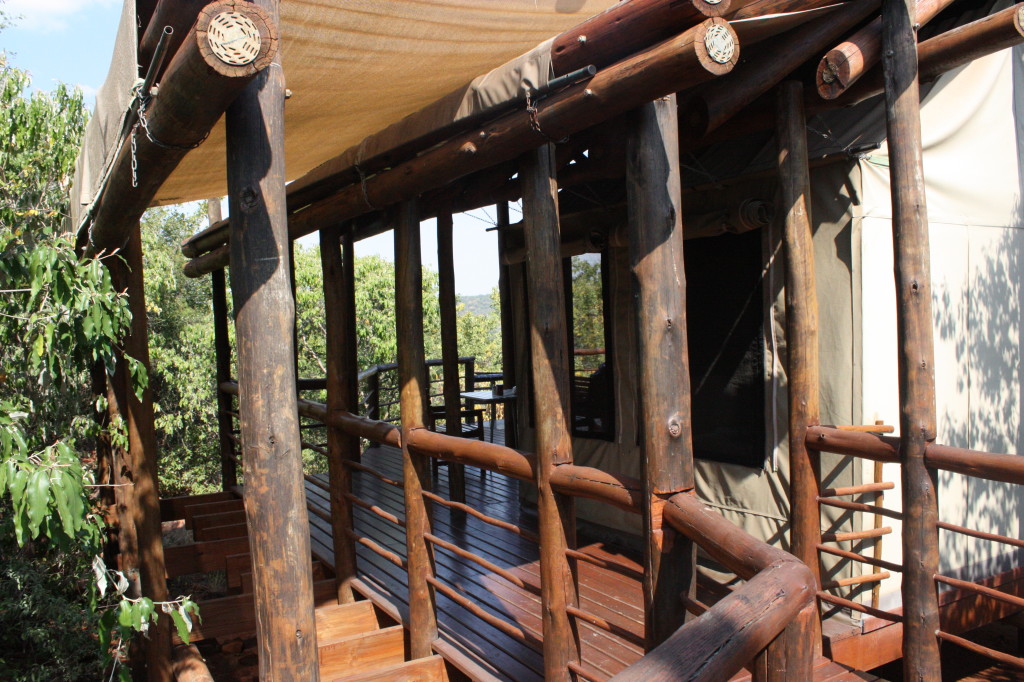
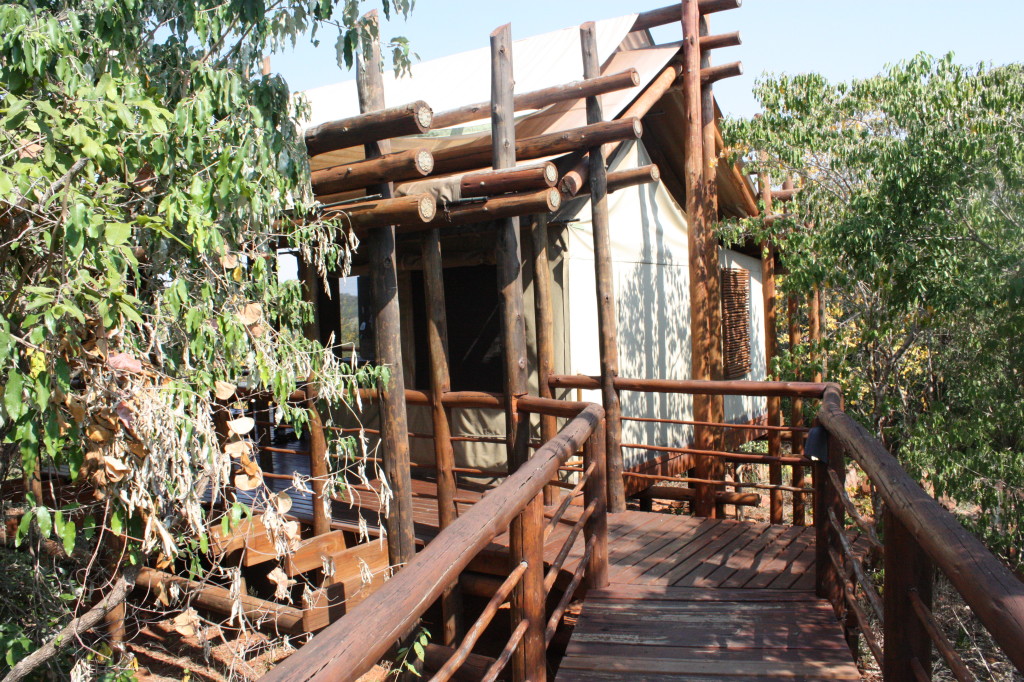
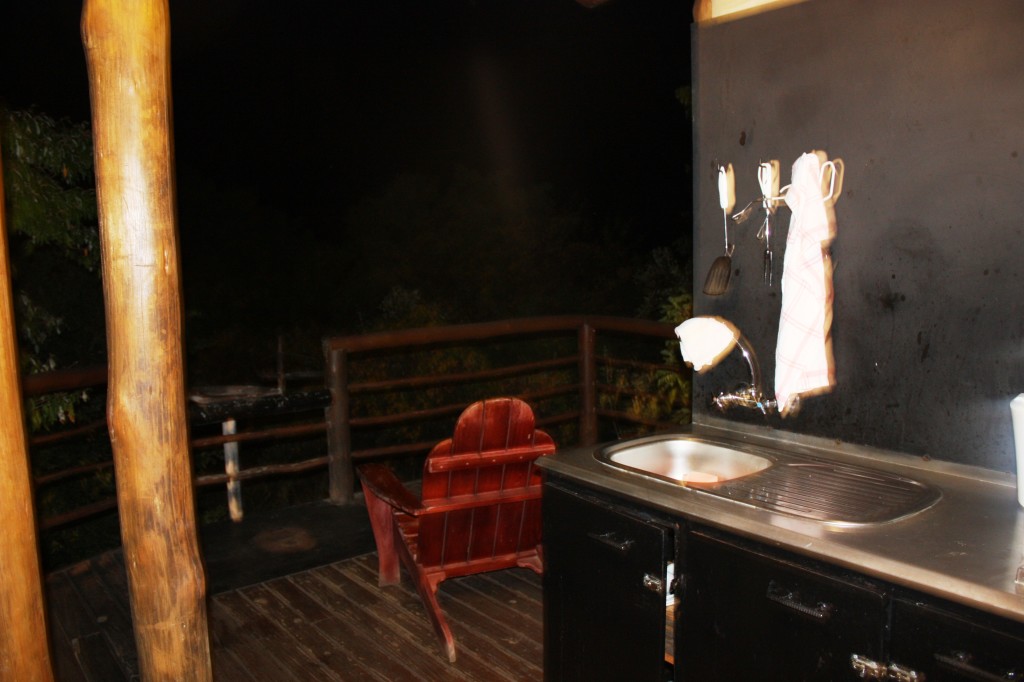
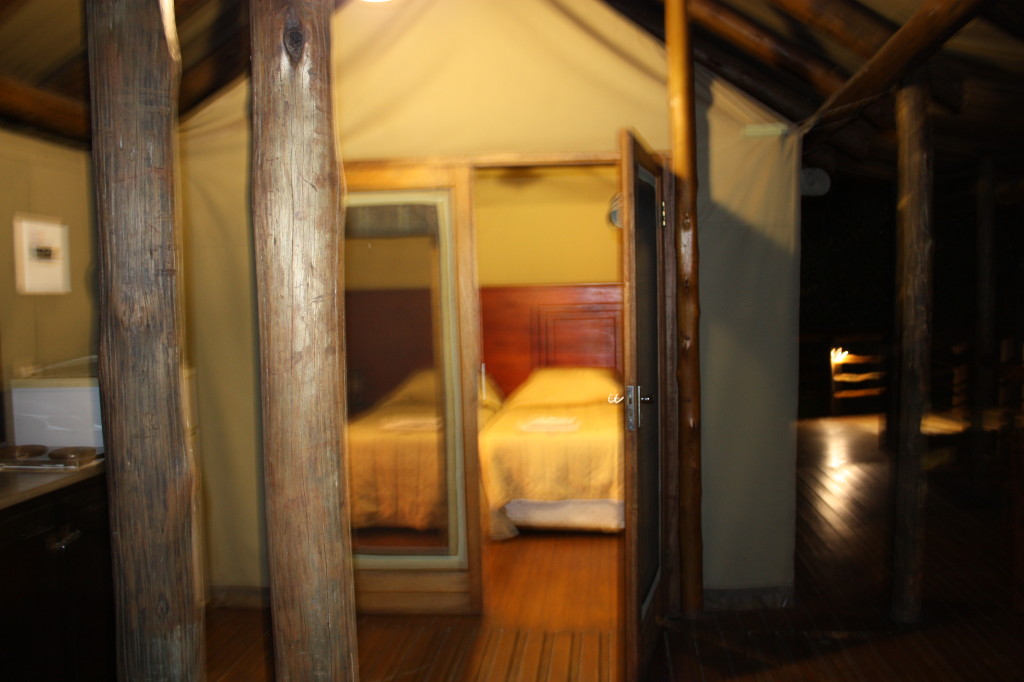
RANGER GUIDED SAFARI DRIVES
Don’t miss out on these! They give you the best of both worlds-the independence of your own car during the day and a chance to see the surrounding area with an experienced ranger-guide. They generally do them at sunrise, sunset and/or night and are very reasonably priced. We did one that left in the late afternoon and stayed out around 4 hours if I remember correctly. It was awesome, here’s a few pics.
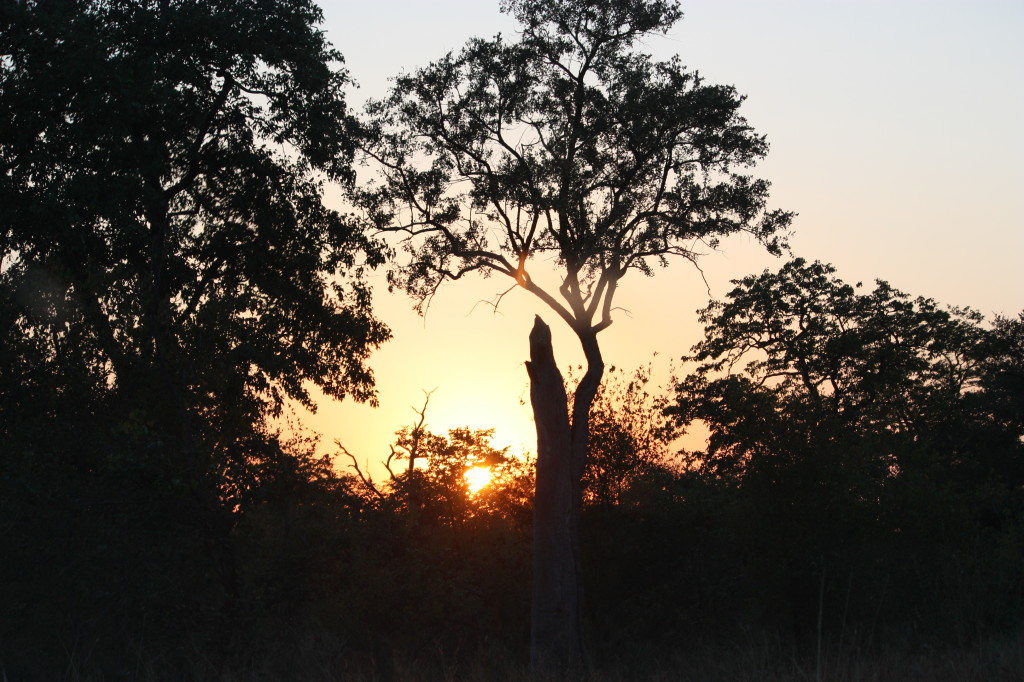
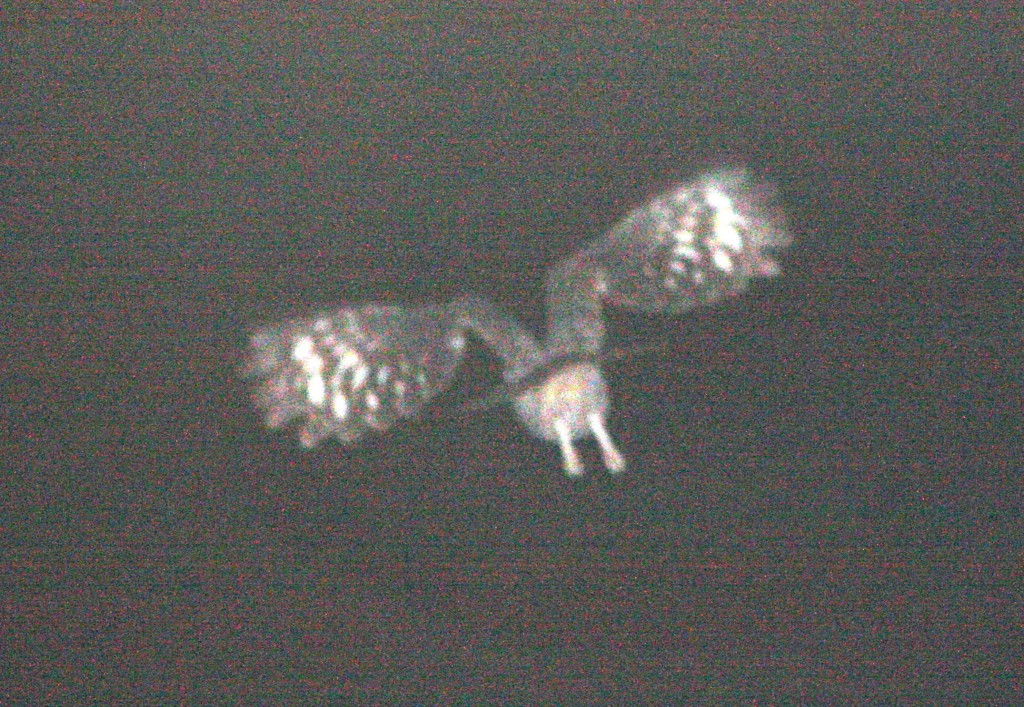
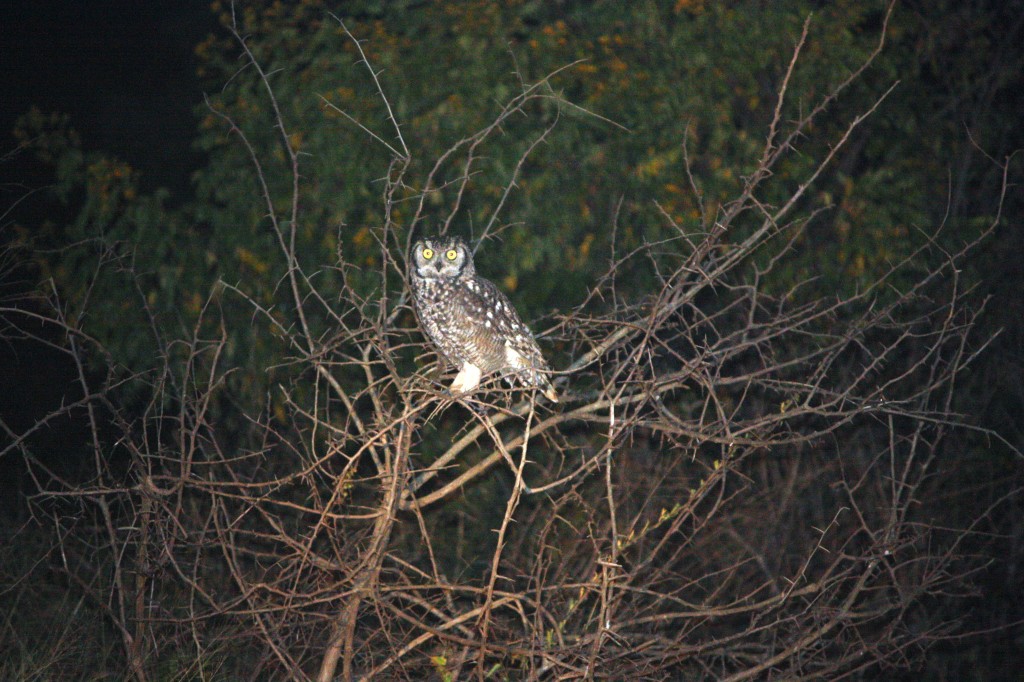
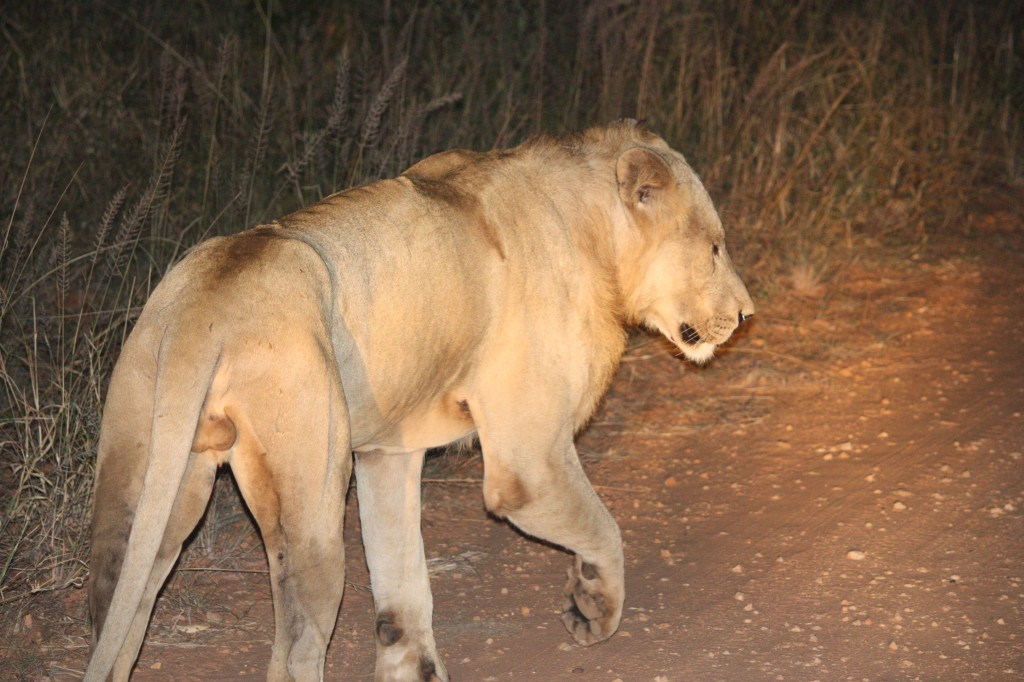
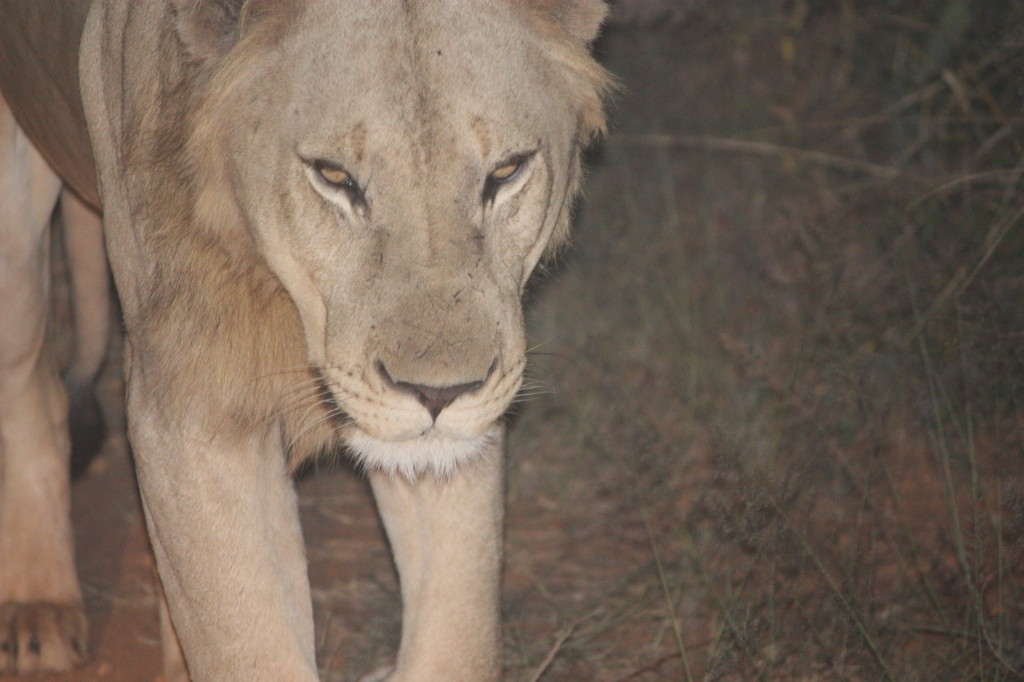
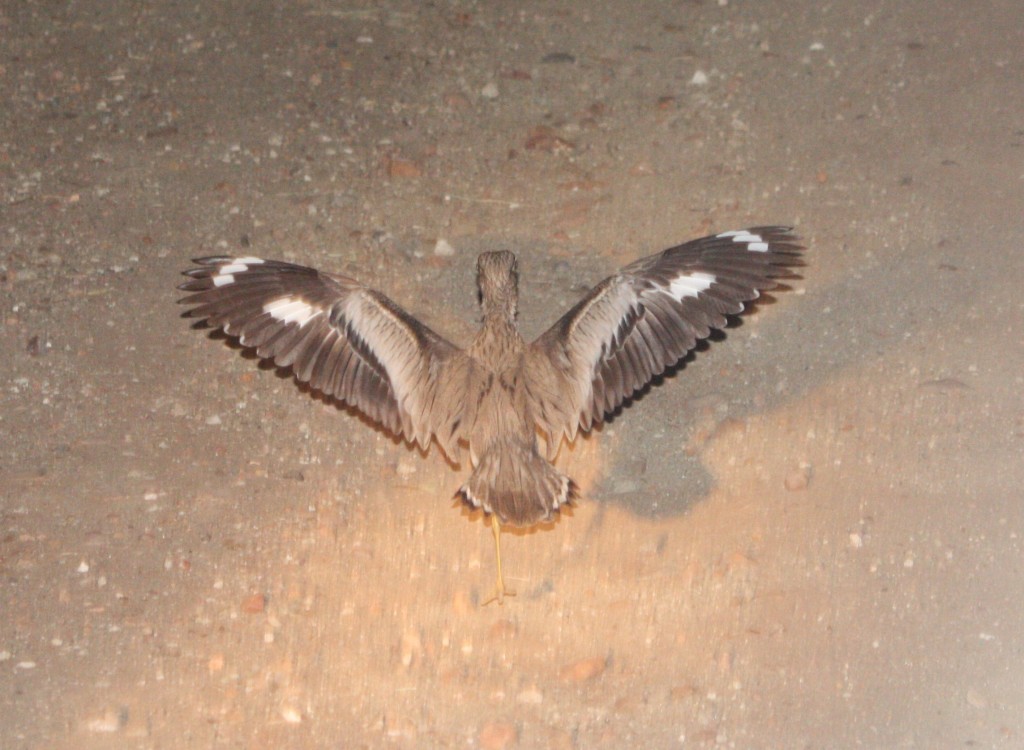
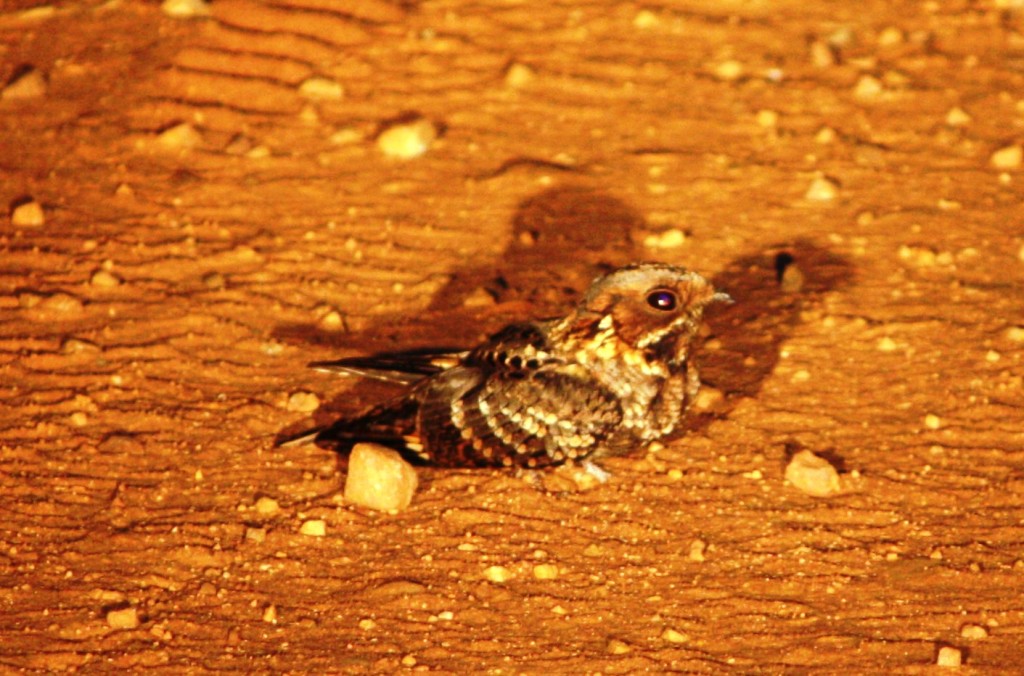
BIRDING IN PUNDA MARIA
In the camp (particularly on the Paradise Flycatcher Trail) Yellowbellied Greenbul and Terrestrial Brownbul (Bulbul), Bearded Scrub Robin should be looked for. Birding throughout the camp is excellent. Birds of prey are common overhead. Verreaux’s (Black) Eagle is sometimes seen, while in winter the White-necked Raven is a regular visitor. The Mahonie Loop, (the 25km circular drive around the camp) is undoubtedly one of the most rewarding birding drives in the Park. One should give oneself plenty of time to cover the distance, and travel with windows down and stop frequently, particularly for calls.
On a good day one could record several of the following ‘specials’: White-breasted Cuckoo-shrike, Arnot’s Chat, Crowned Hornbill, Grey-headed (Chestnut-bellied) Kingfisher, Crested Guineafowl, Gorgeous Bush Shrike, Grey-headed Parrot, African and European Golden Oriole (both summer), Eastern (Yellow-spotted) Nicator, Stierling’s Wren-Warbler (Barred Warbler) and Dickinson’s Kestrel. Narina Trogon has also been recorded on the loop, but is shy and elusive. On the drive from Punda Maria to Pafuri via the Klopperfontein Dam, Racket-tailed Roller and Southern (Mashona) Hyliota have been recorded. This is also one of the best areas to search for Yellow-billed Oxpecker. This species was absent in the park for many years, but returned in the 1980s and their numbers are still increasing. Buffalo are the preferred hosts.
This video was shown on a South African travel show and gives an orientation of the camp.
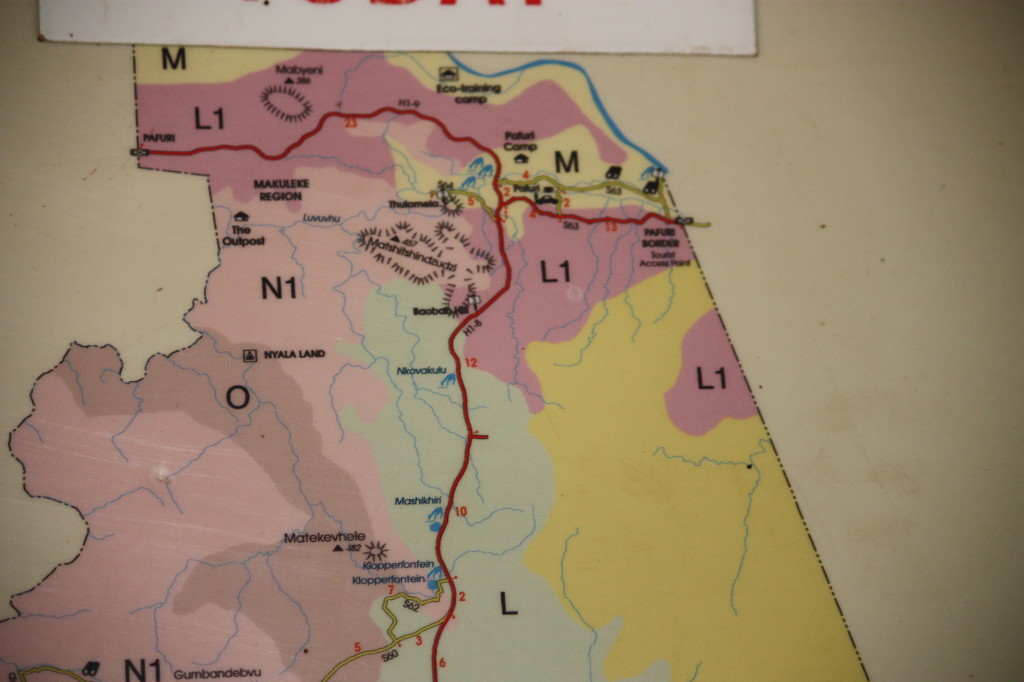 There is an amazing ranger based at Pafuri named Frank. He knows all the local birds and is happy to help you identify what you see there or point you in the right direction if you are seeking any particular species.
There is an amazing ranger based at Pafuri named Frank. He knows all the local birds and is happy to help you identify what you see there or point you in the right direction if you are seeking any particular species.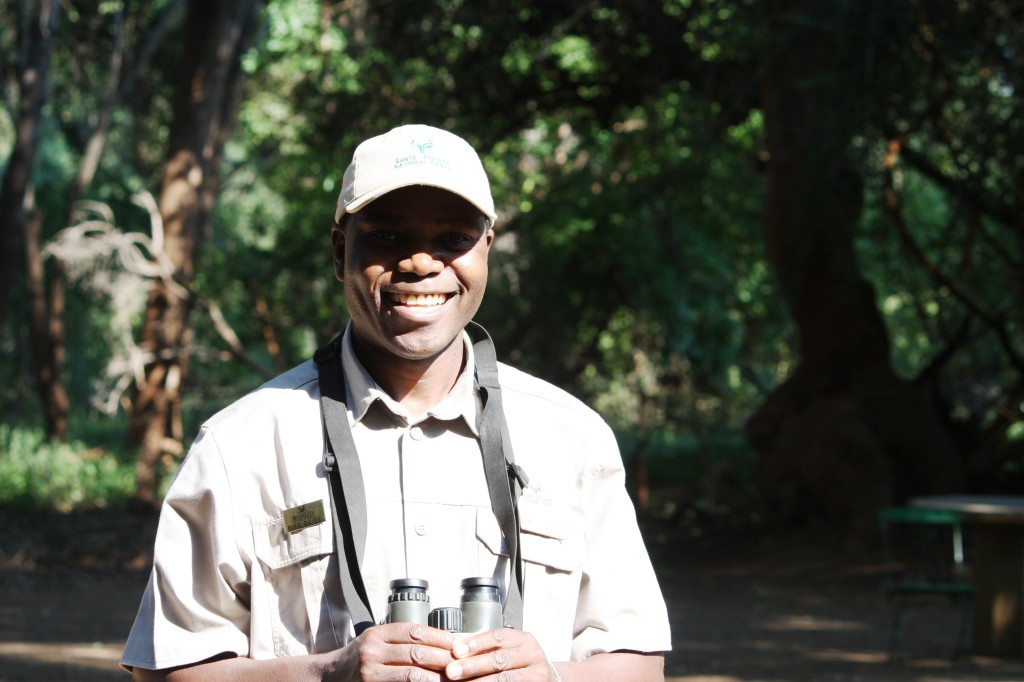 In my case, I was seeking Brown-headed parrots. They are frequently seen in this area and Frank did his best to help me find some but no luck. At one point he thought he heard some across the river but they refused to come any closer.
In my case, I was seeking Brown-headed parrots. They are frequently seen in this area and Frank did his best to help me find some but no luck. At one point he thought he heard some across the river but they refused to come any closer.
